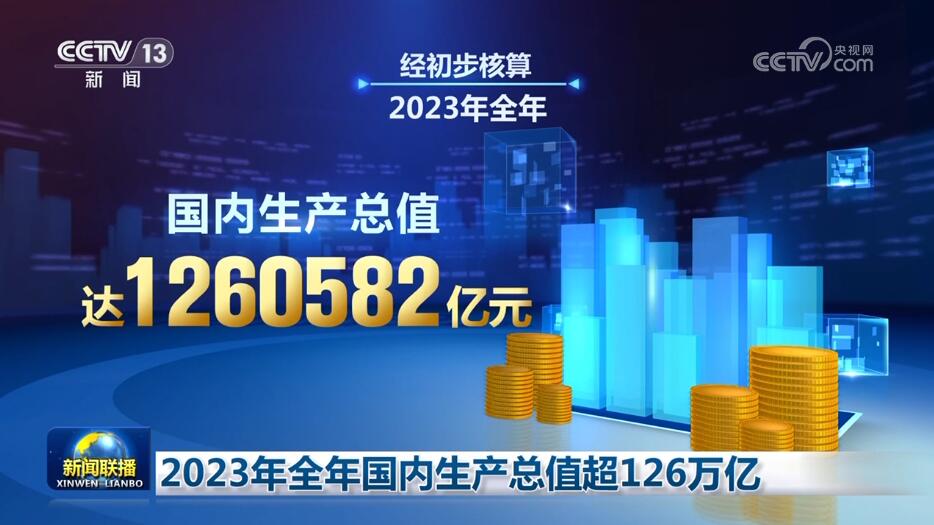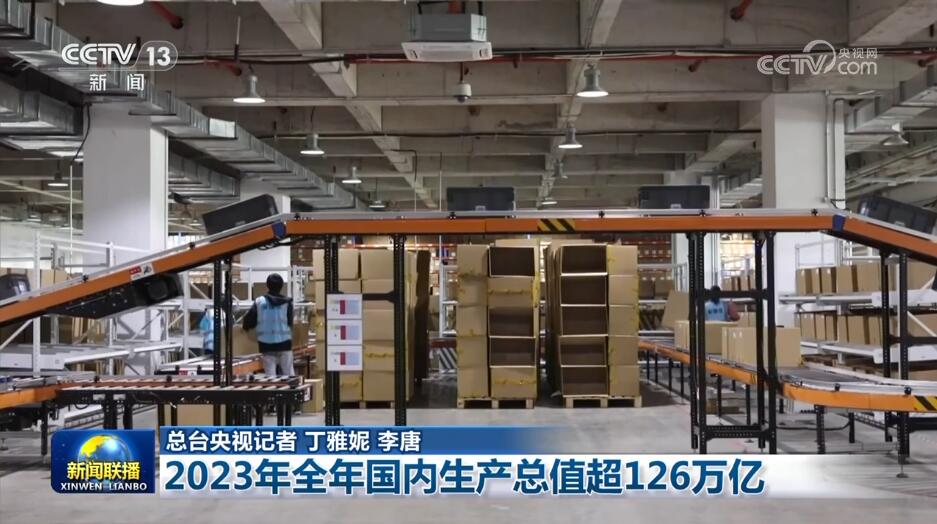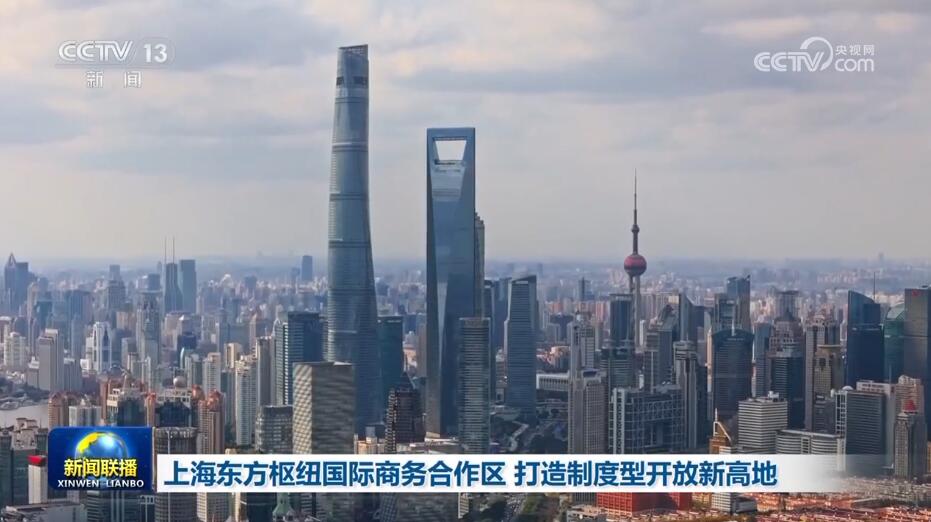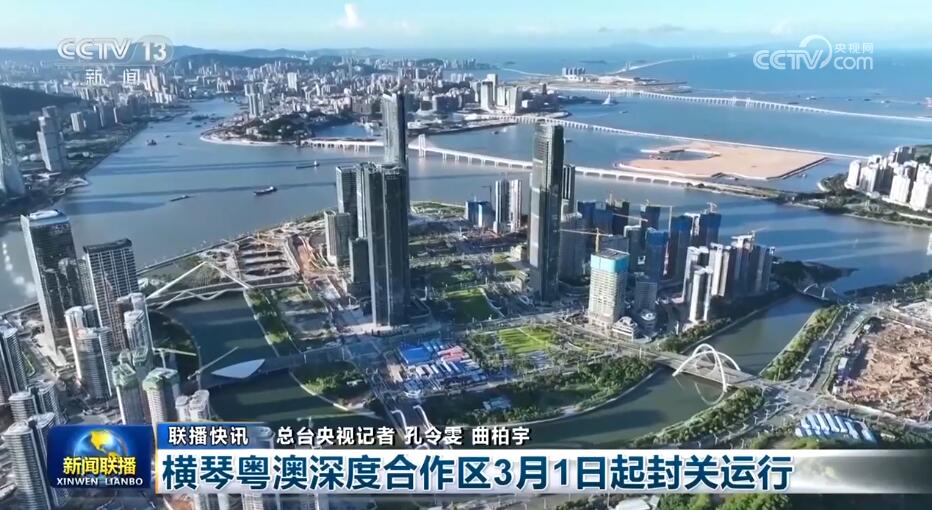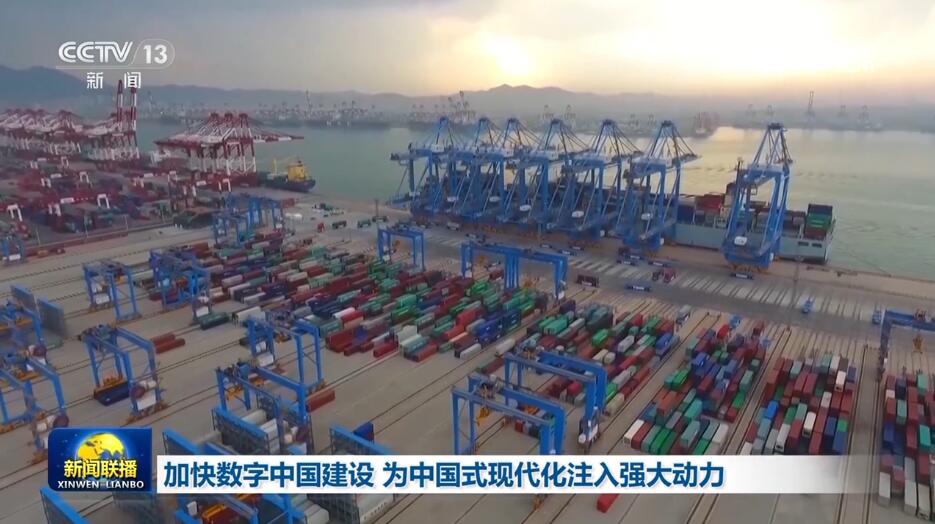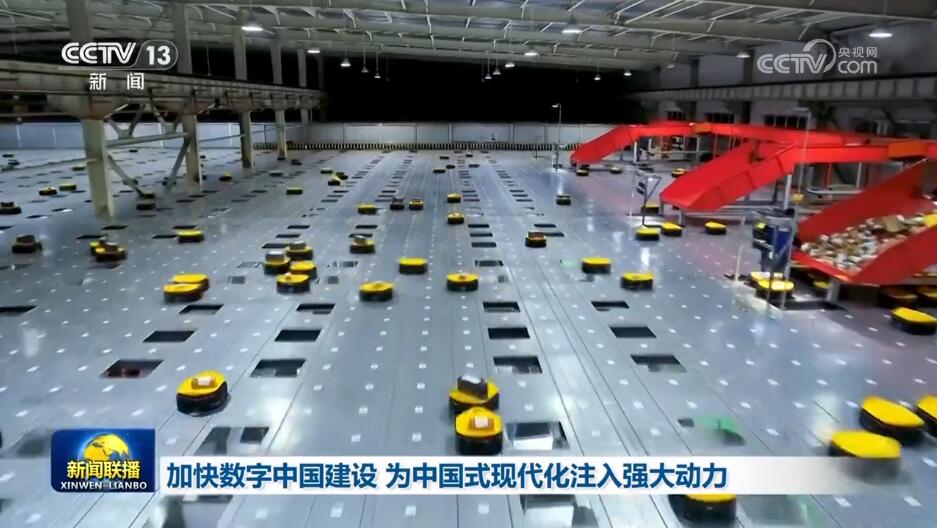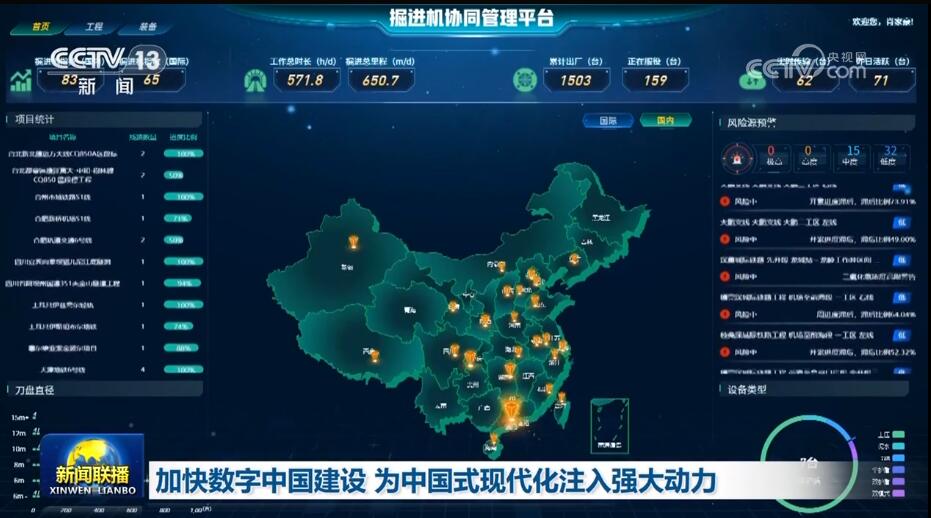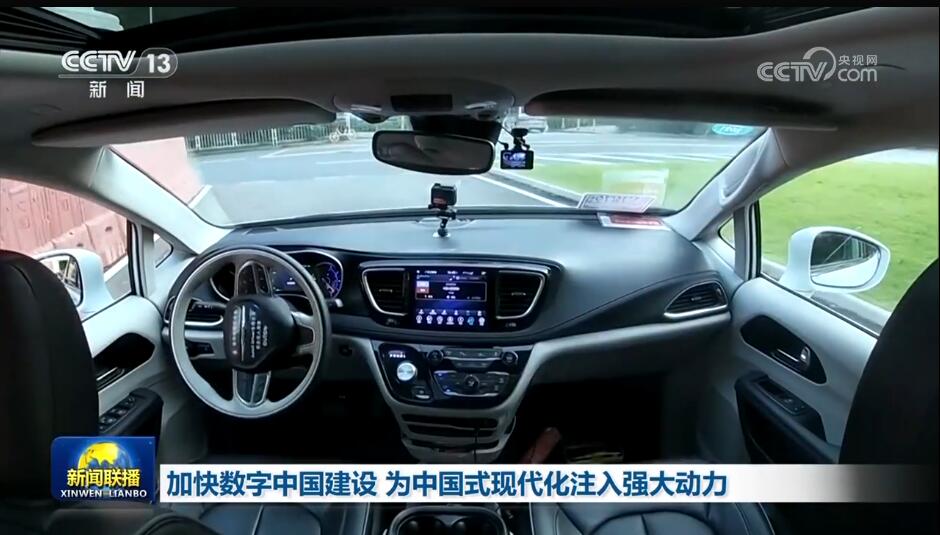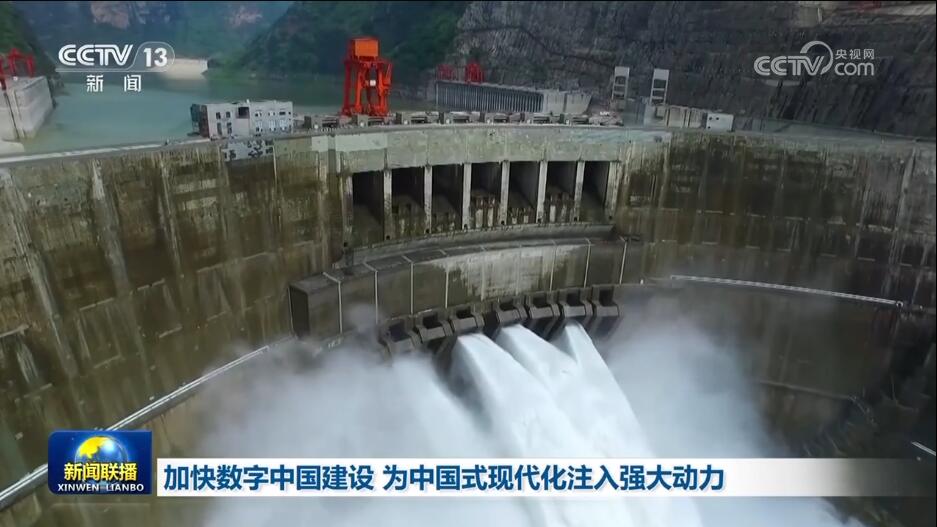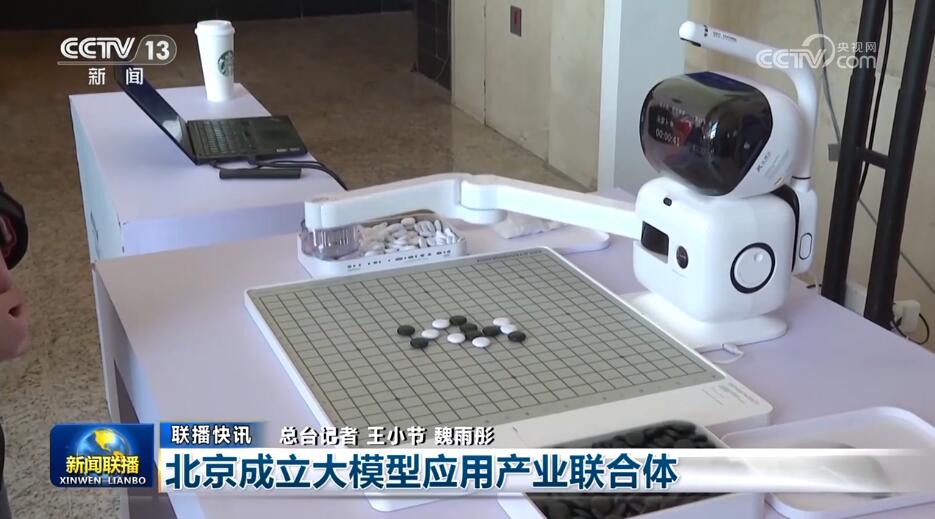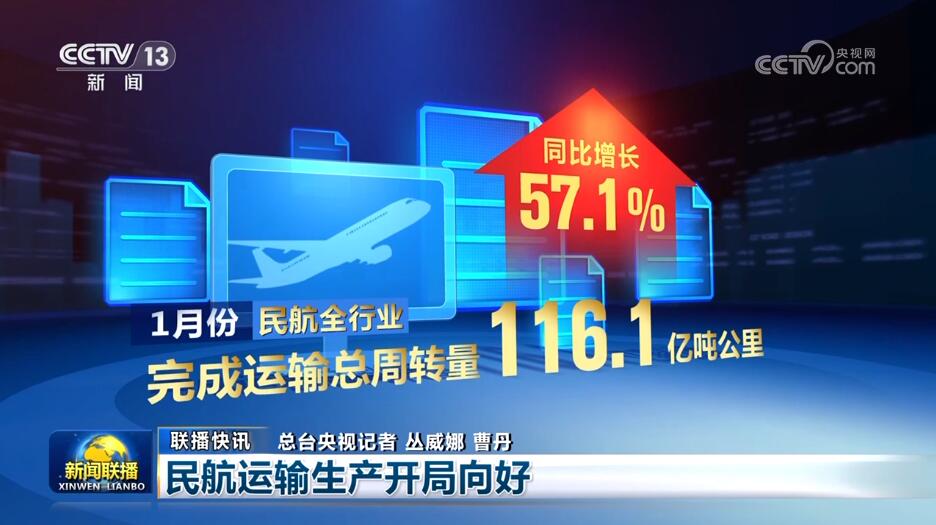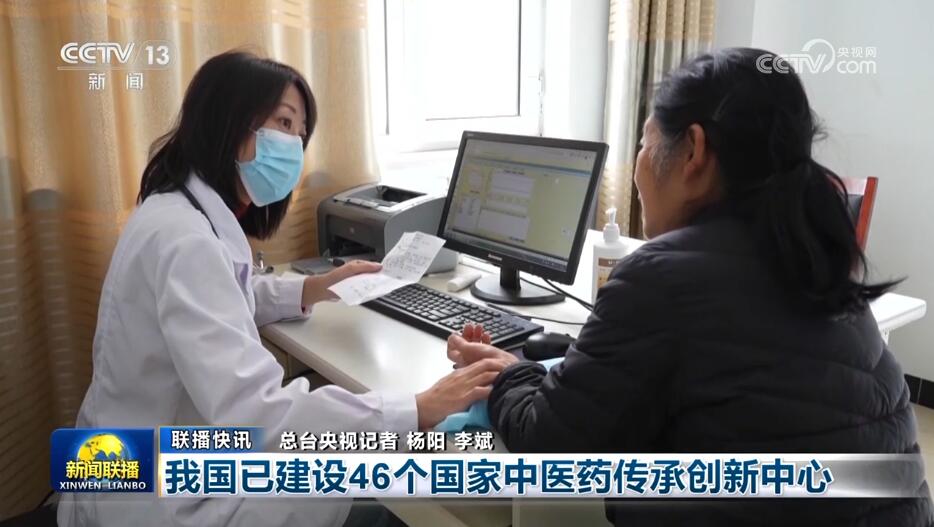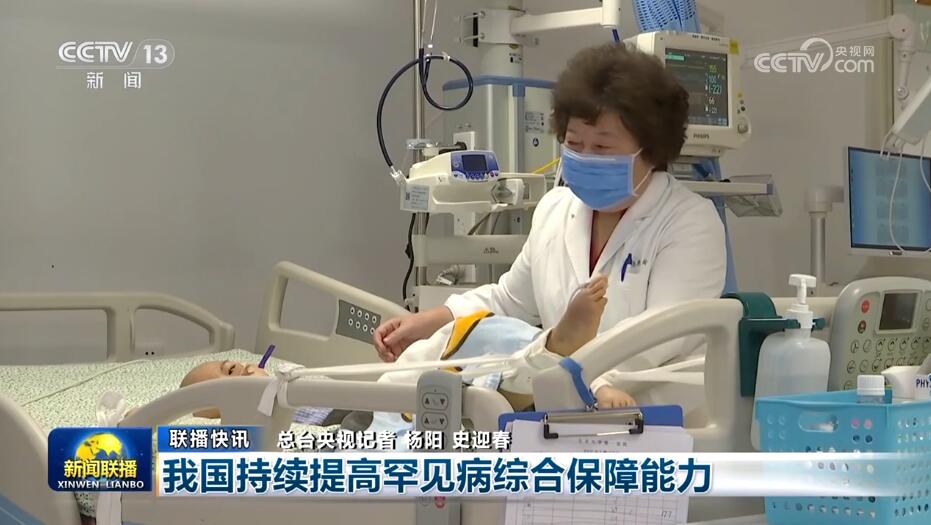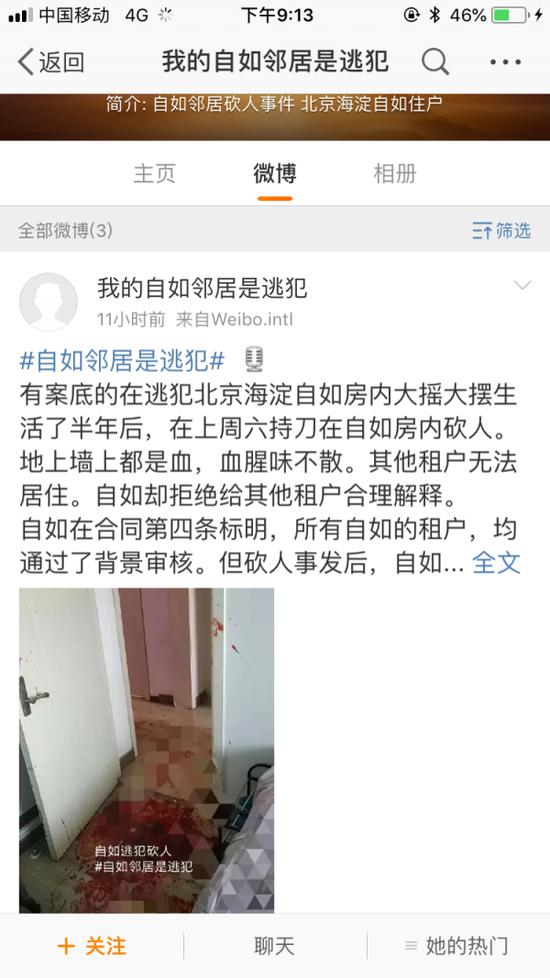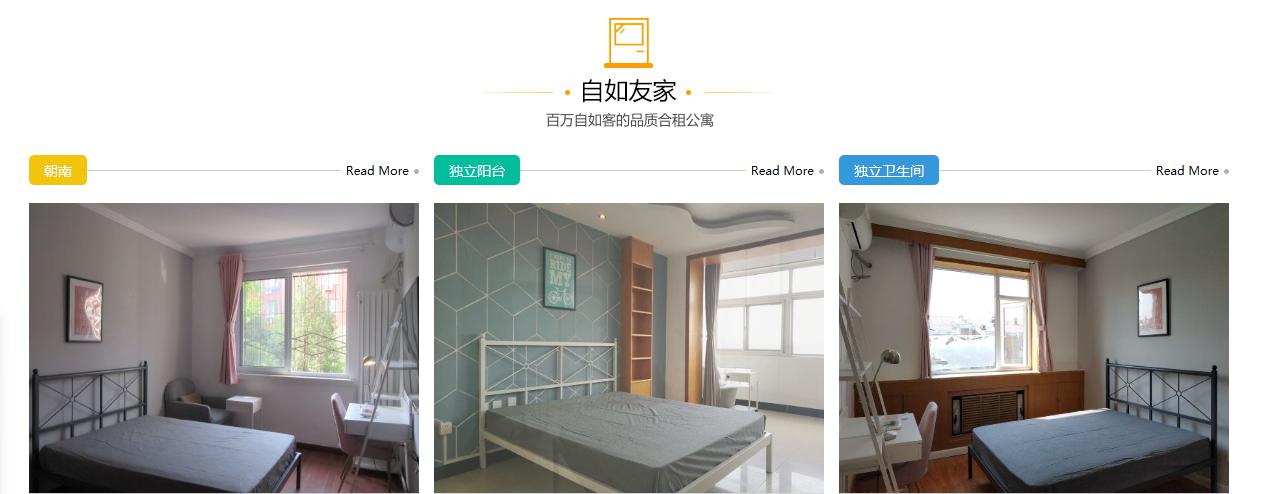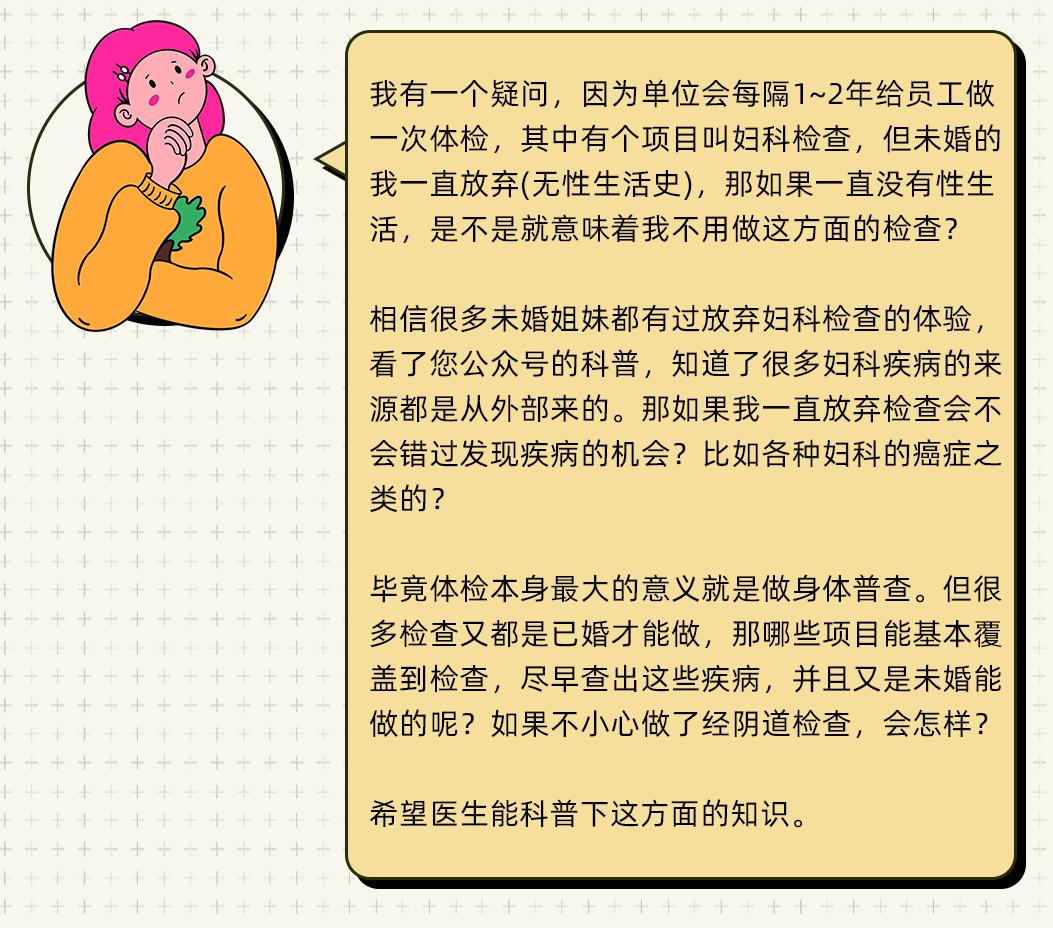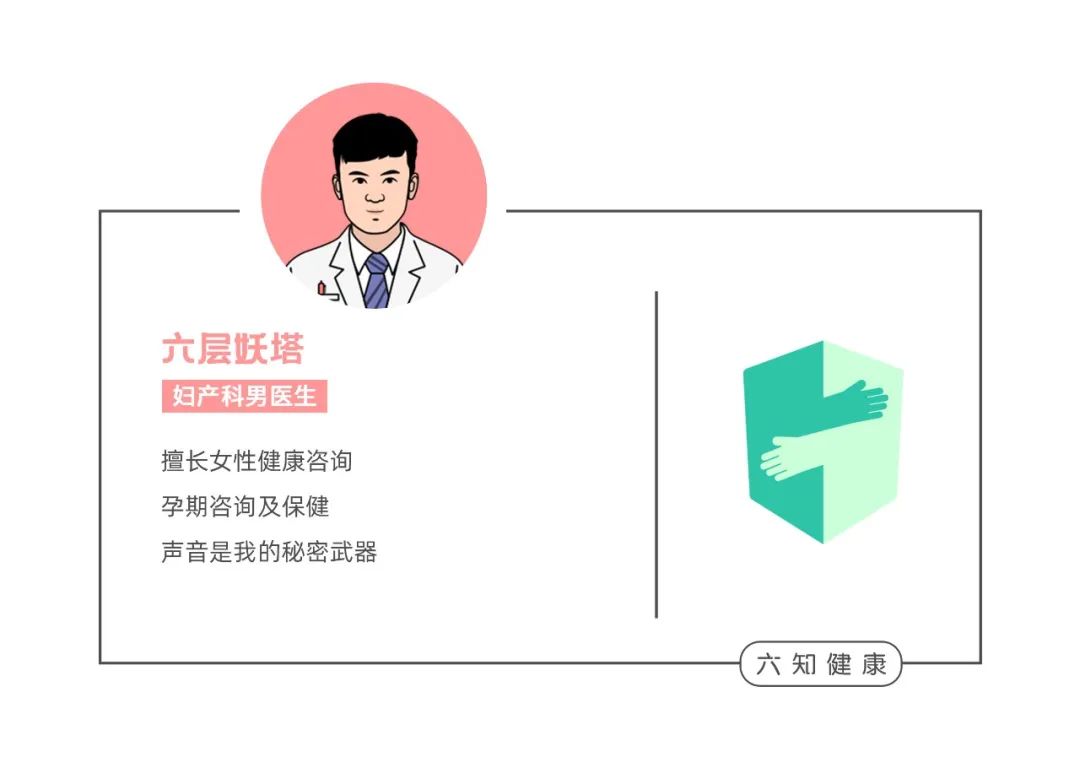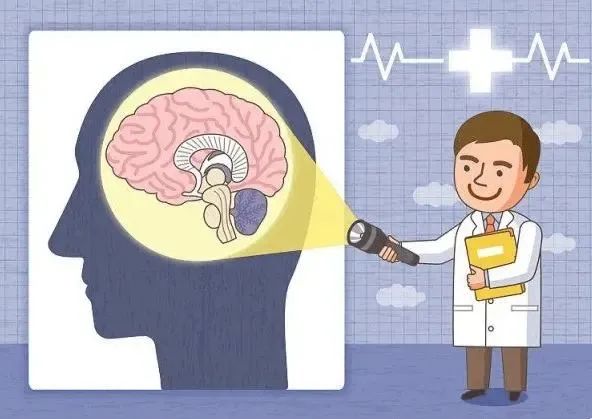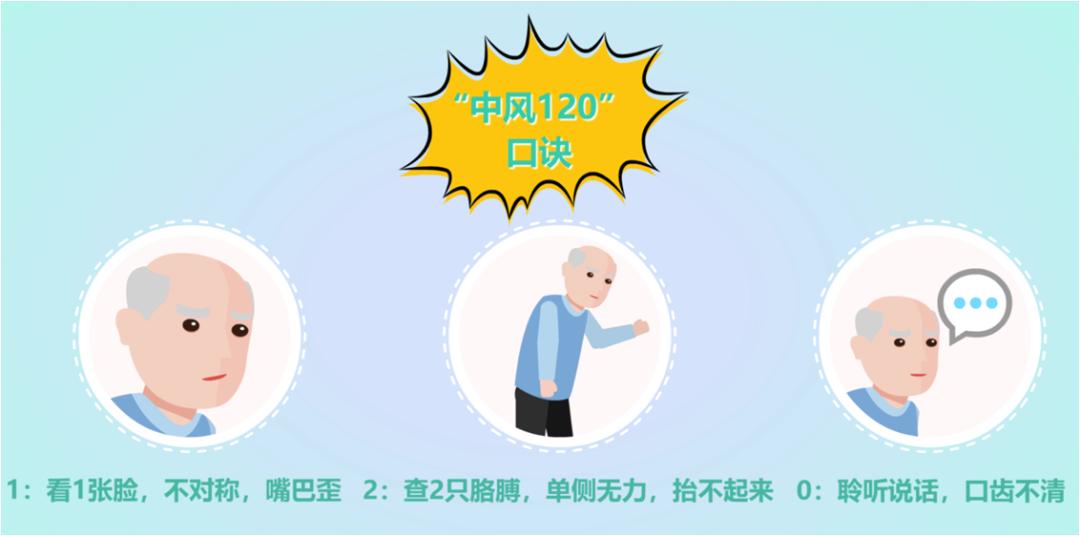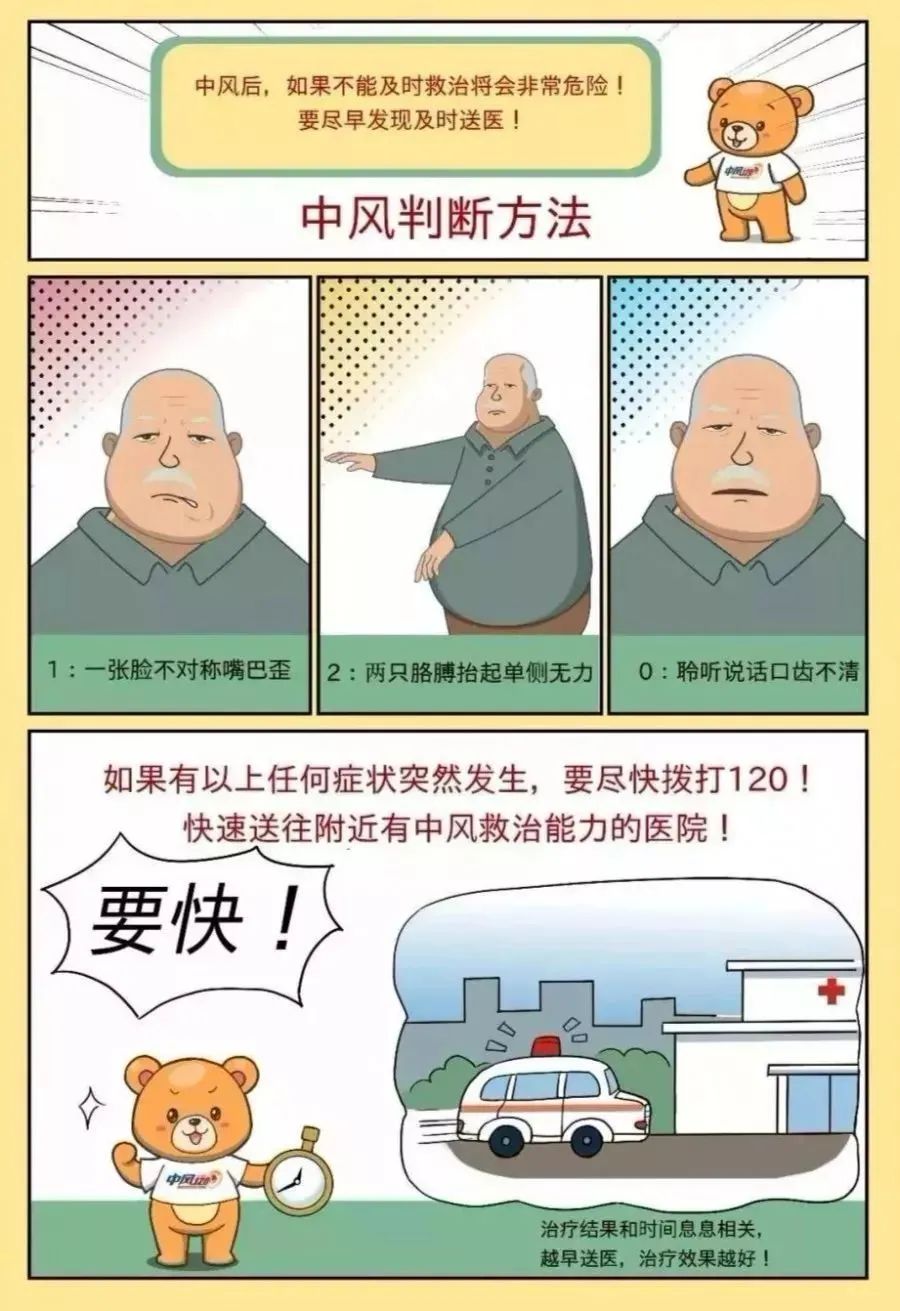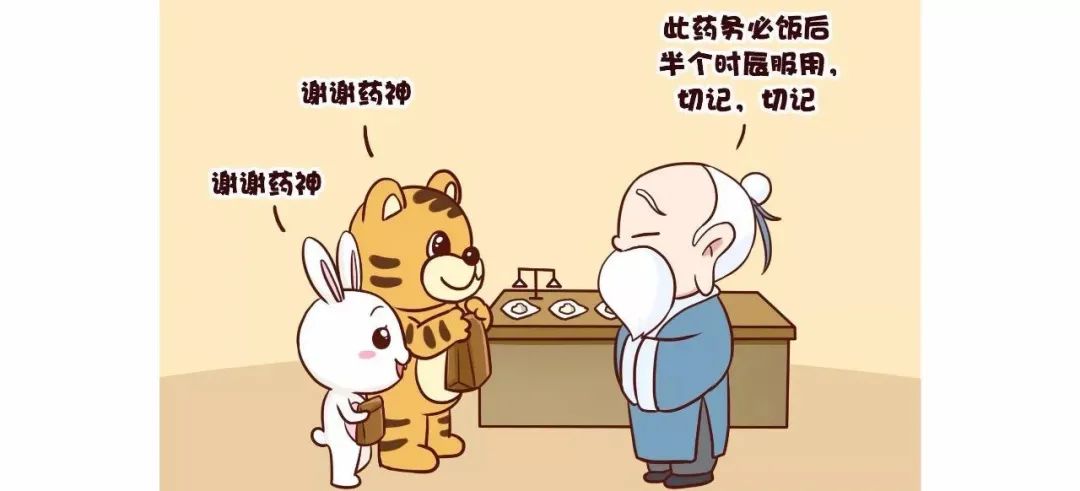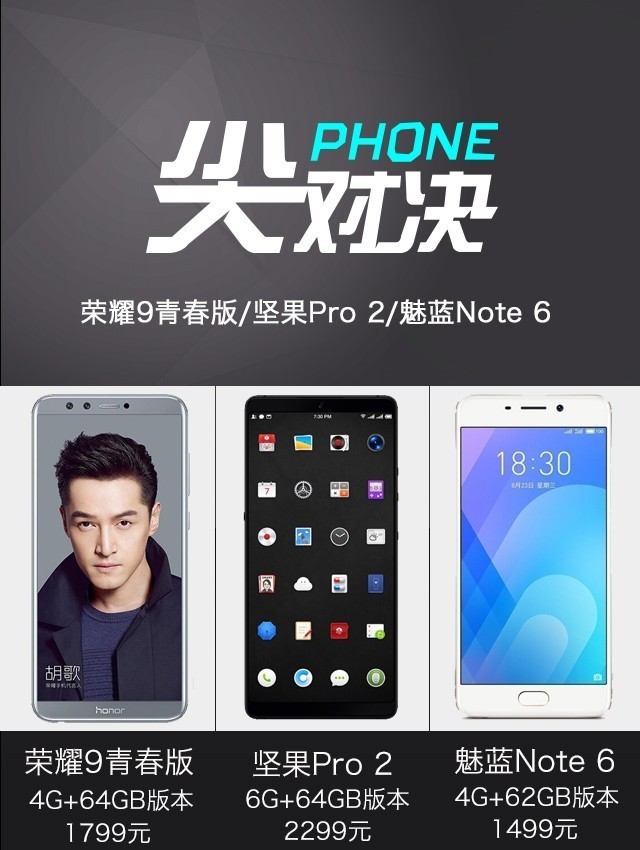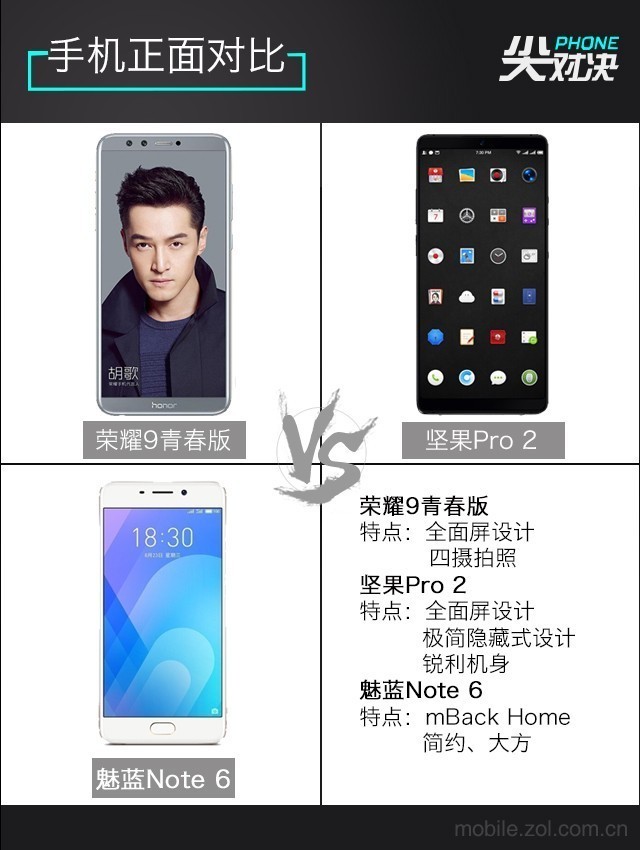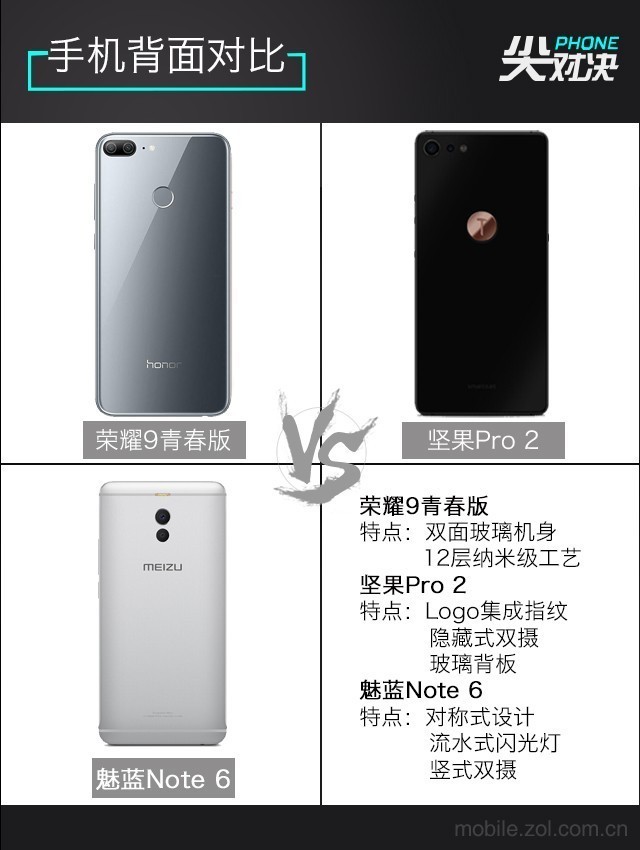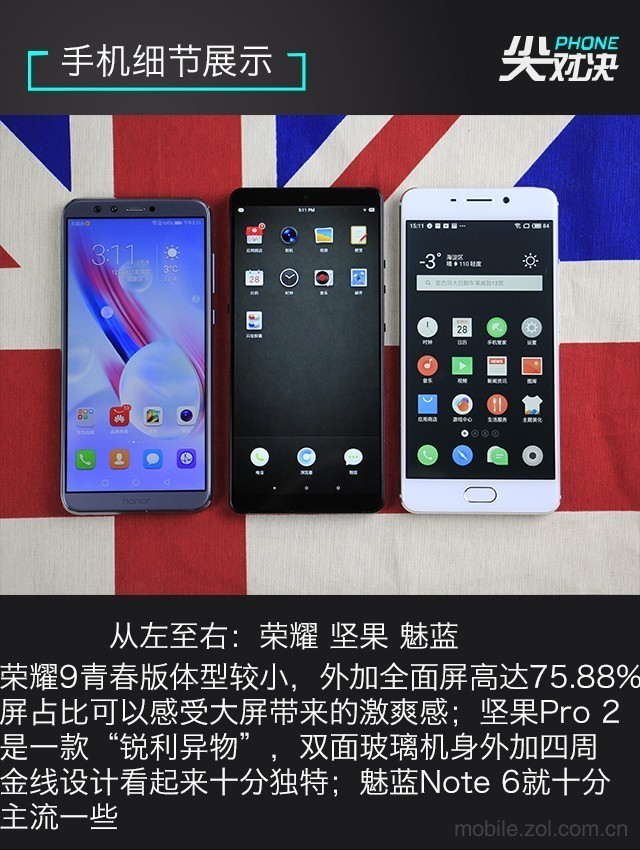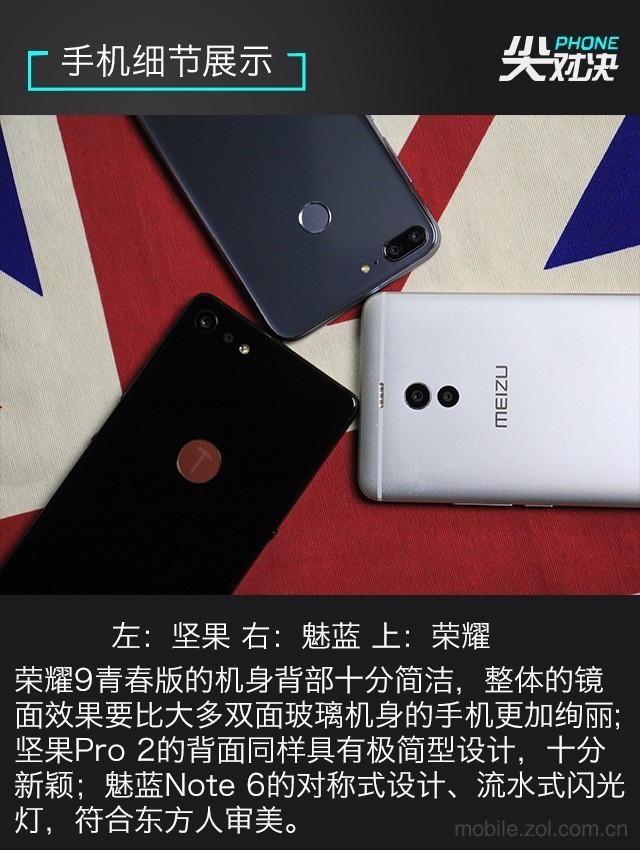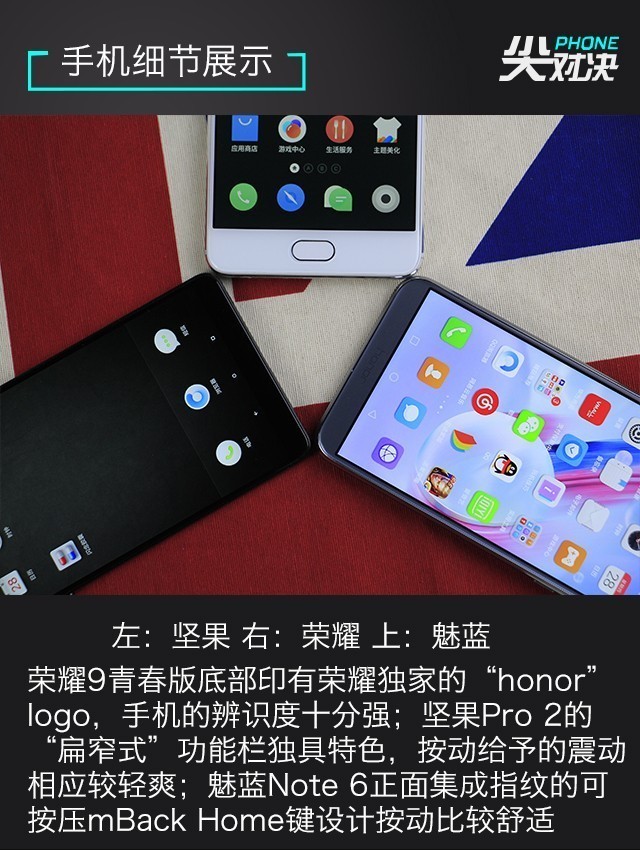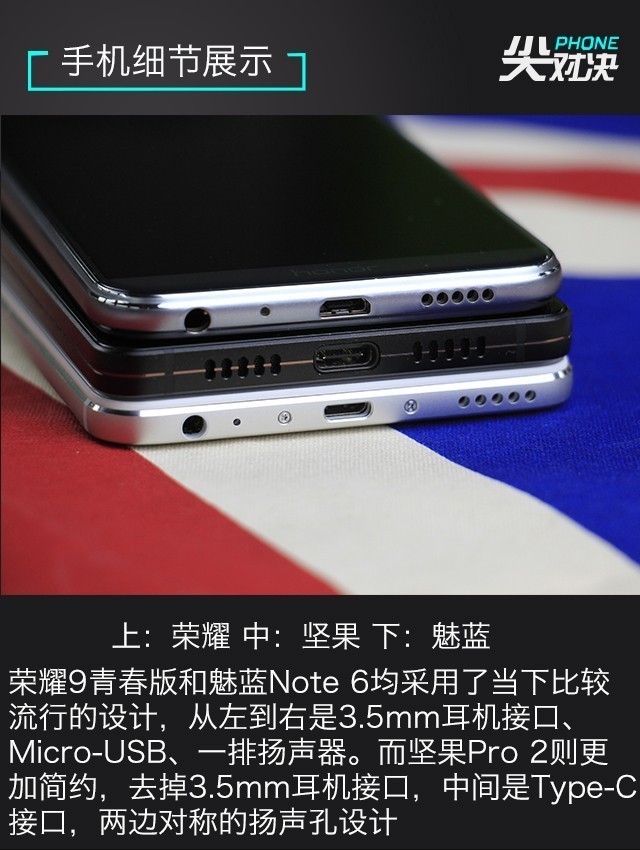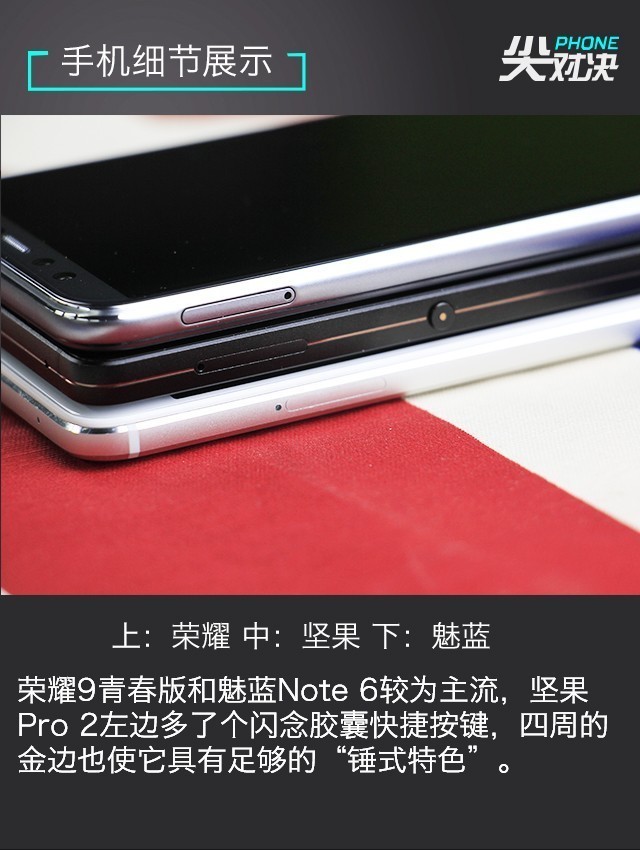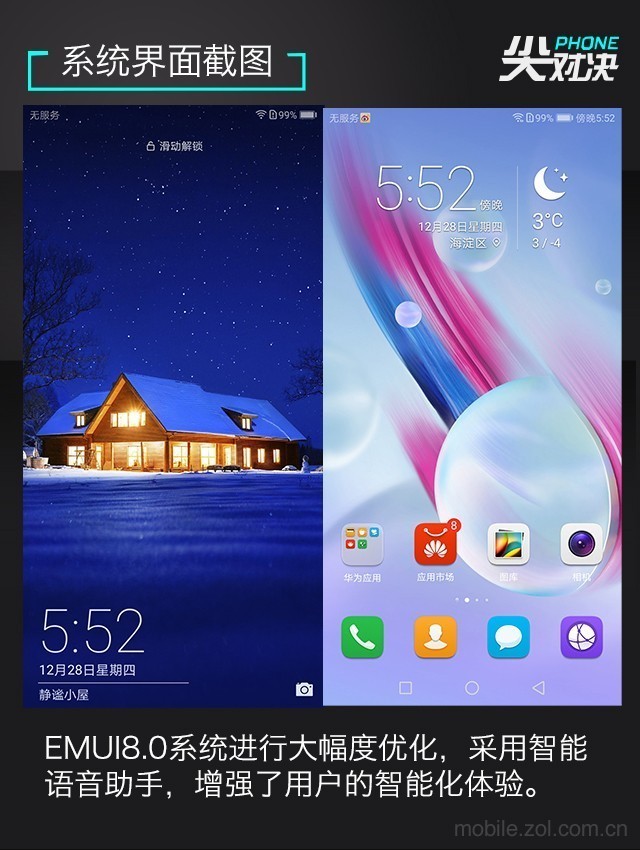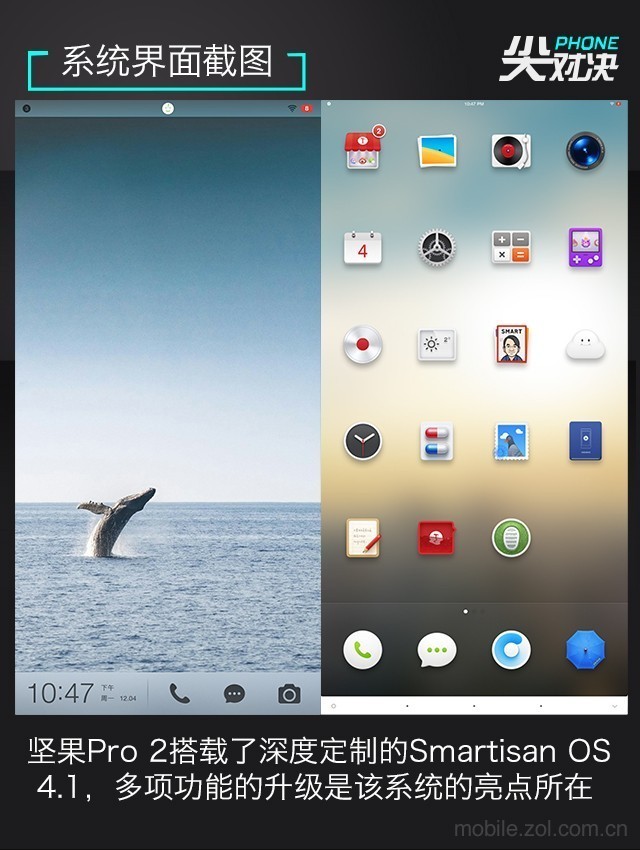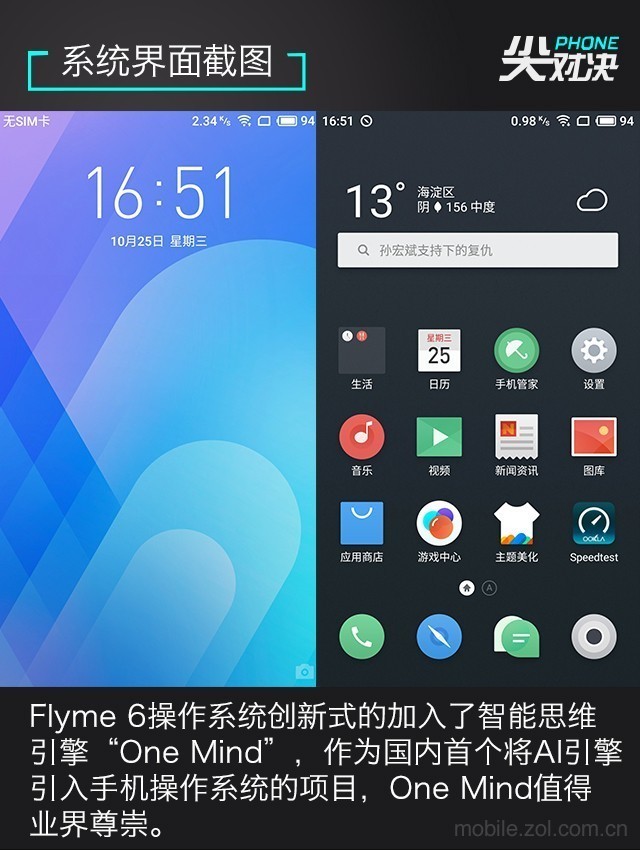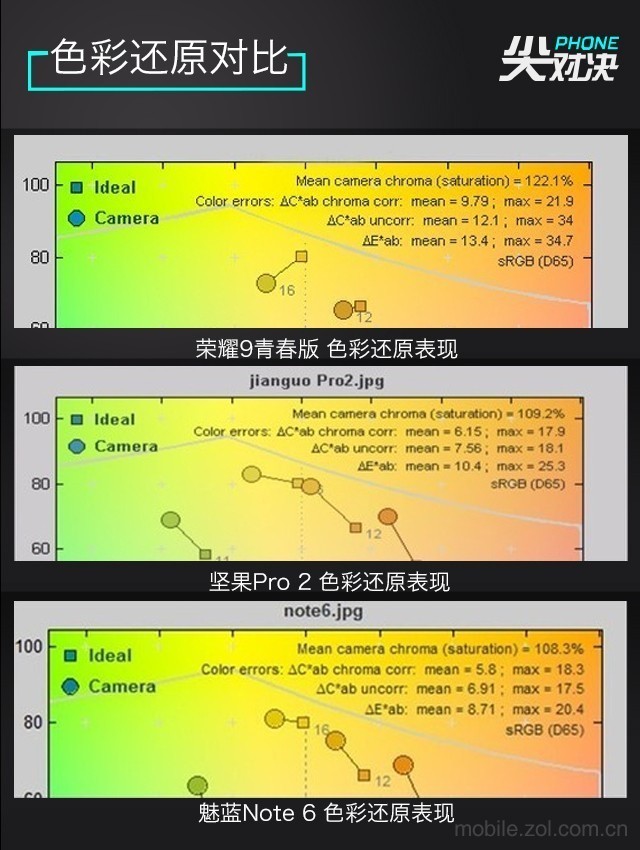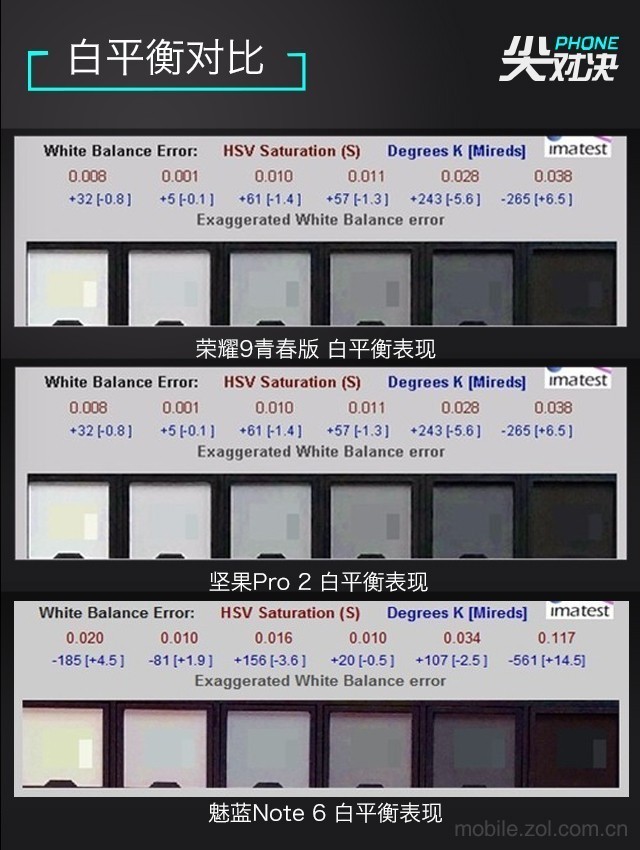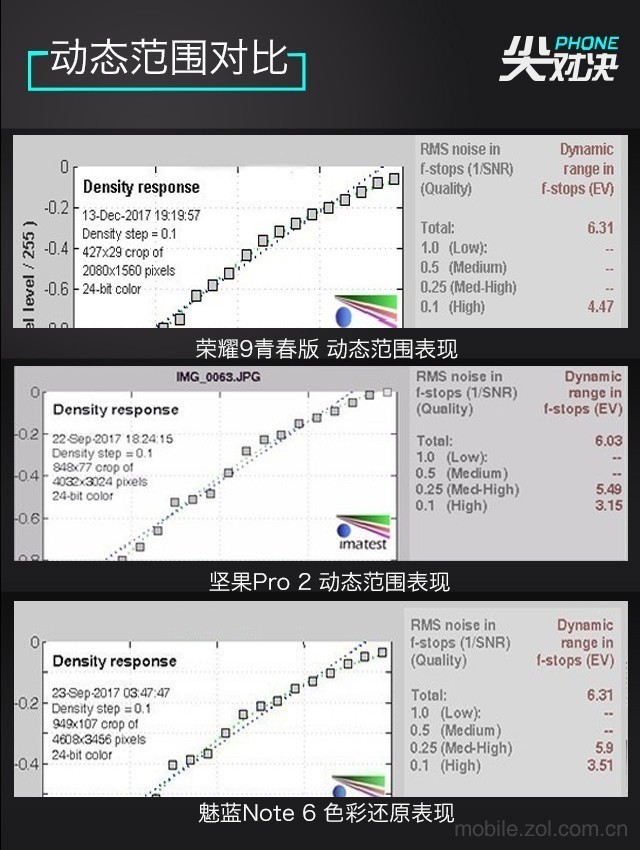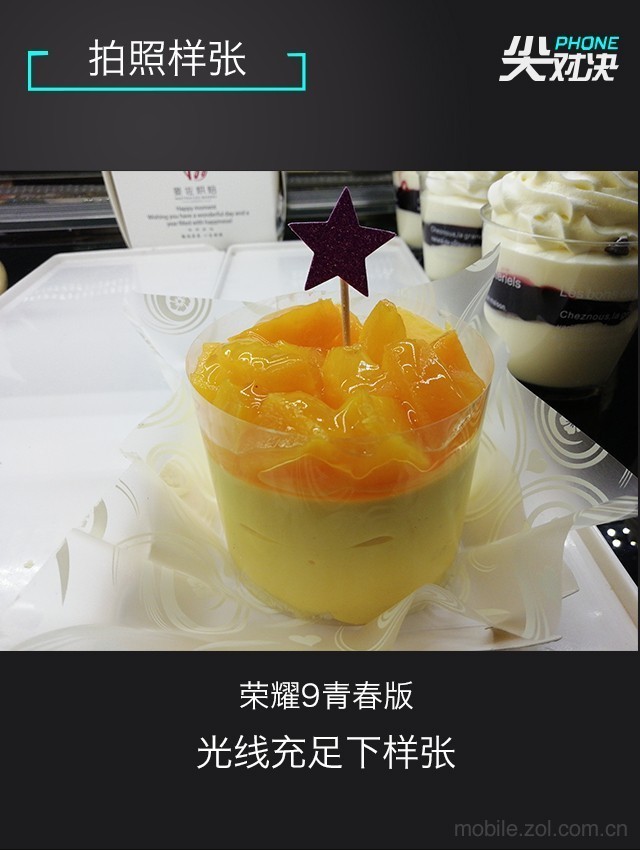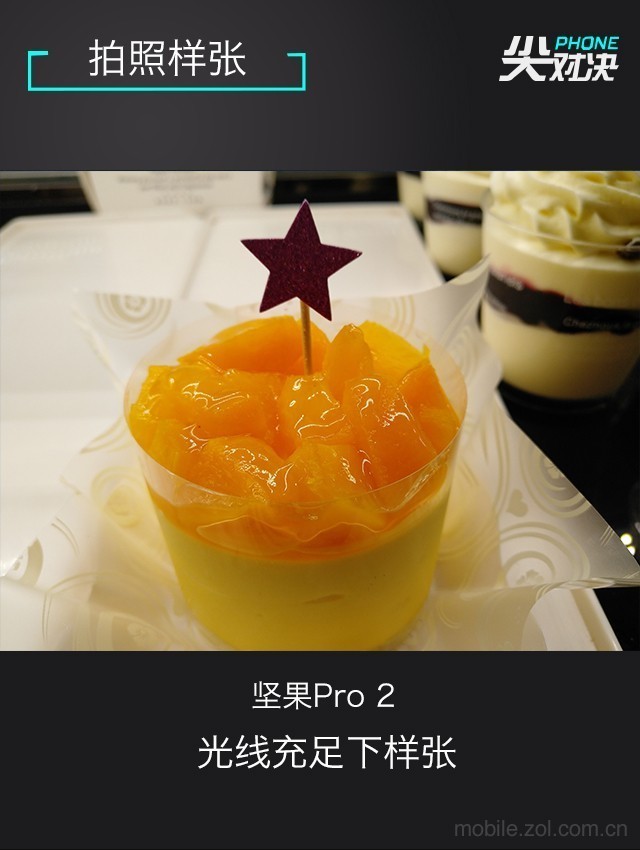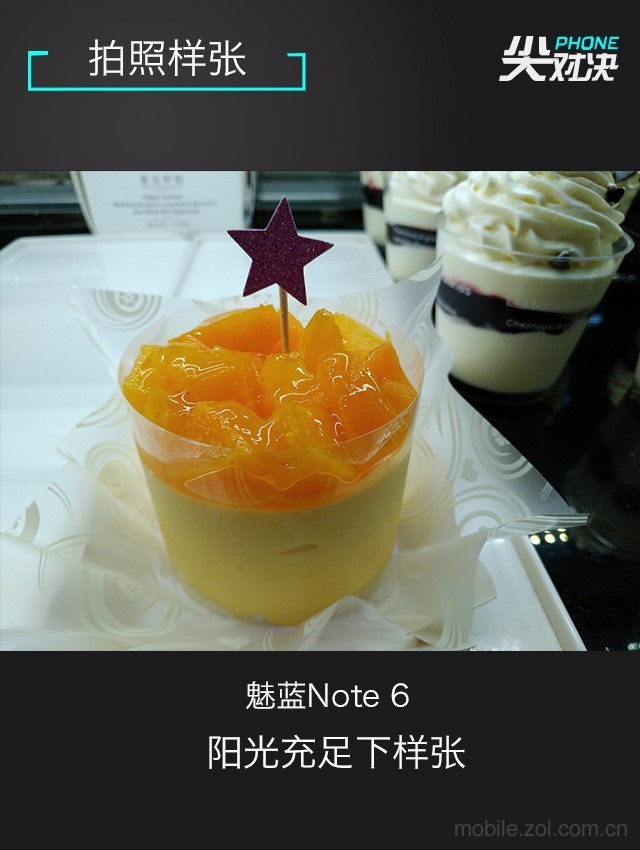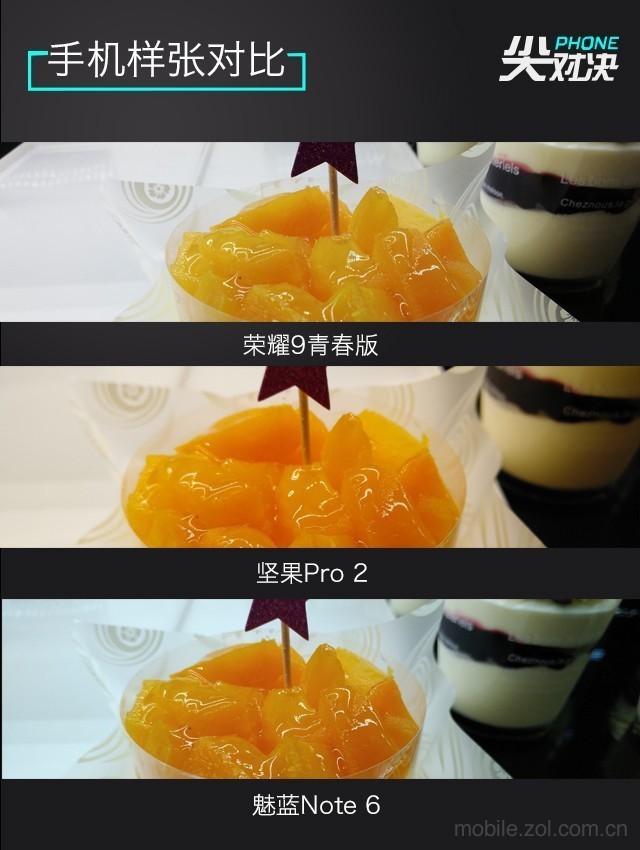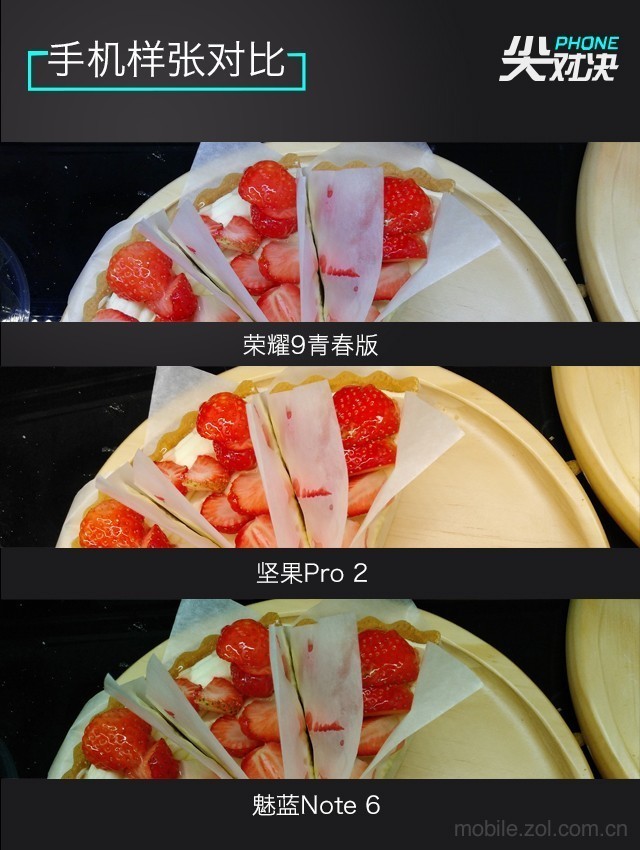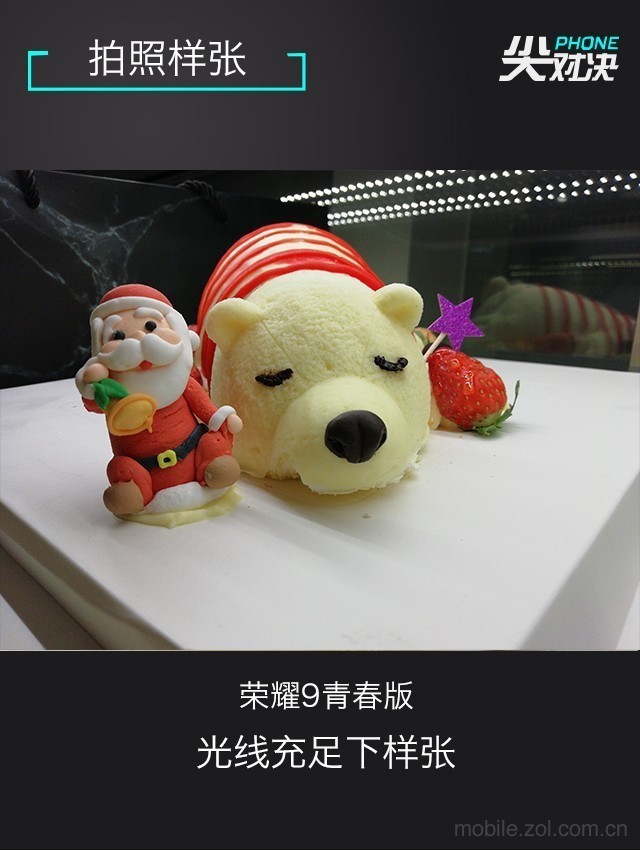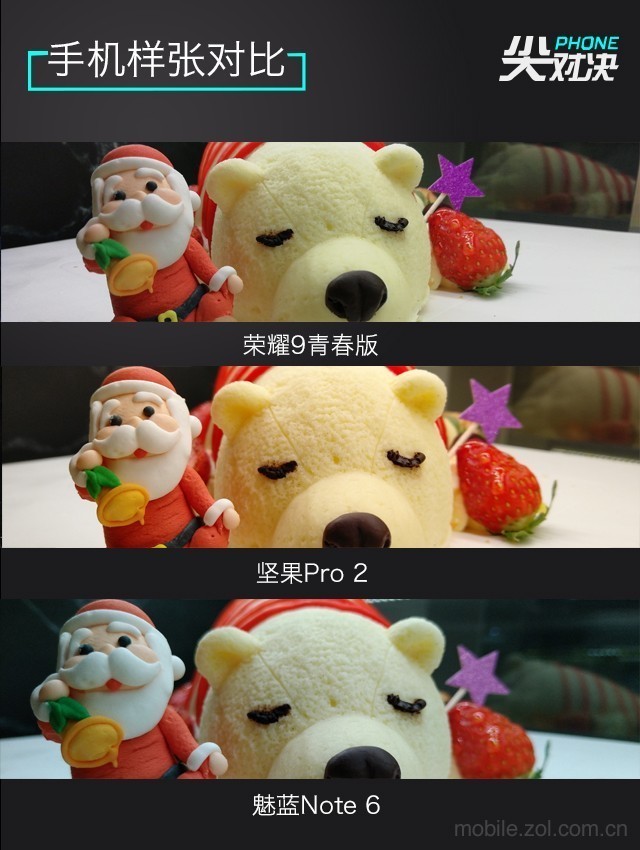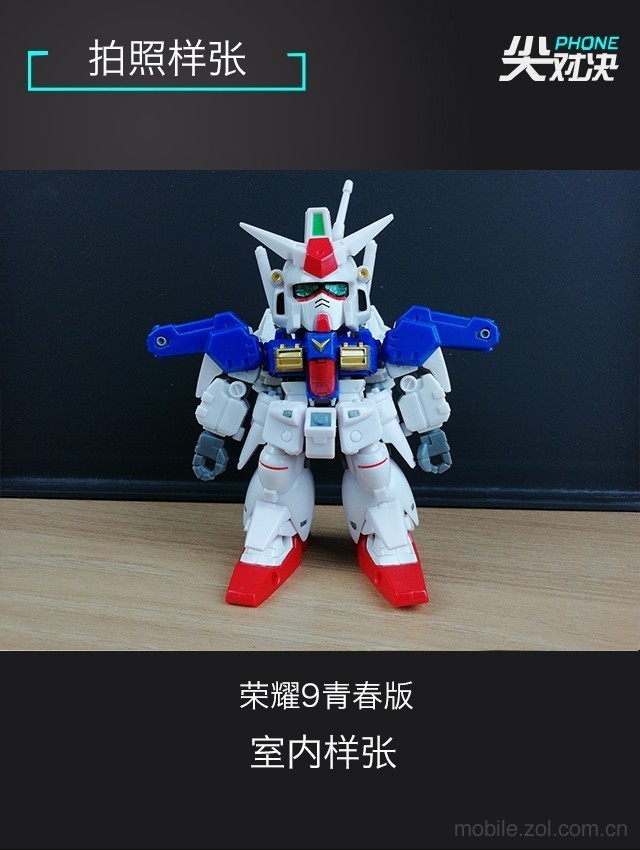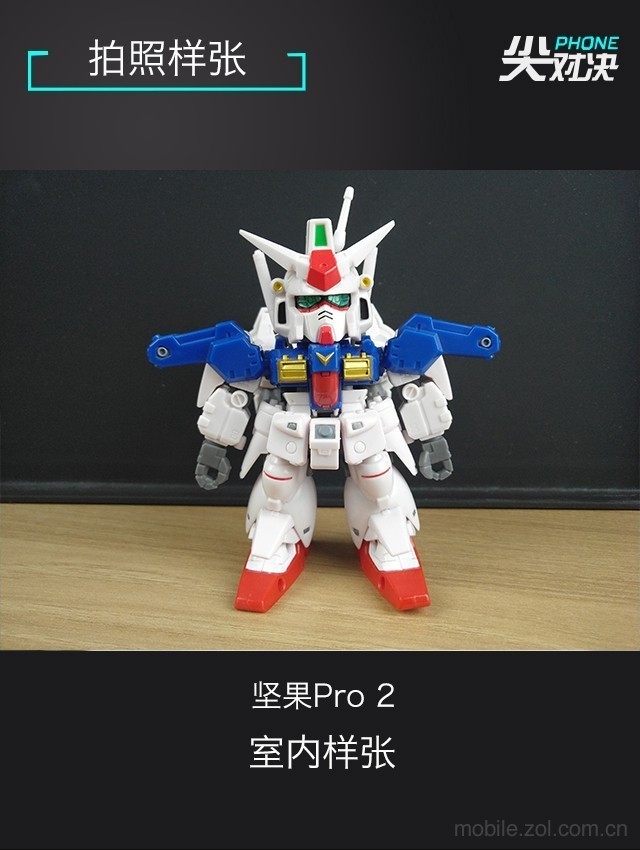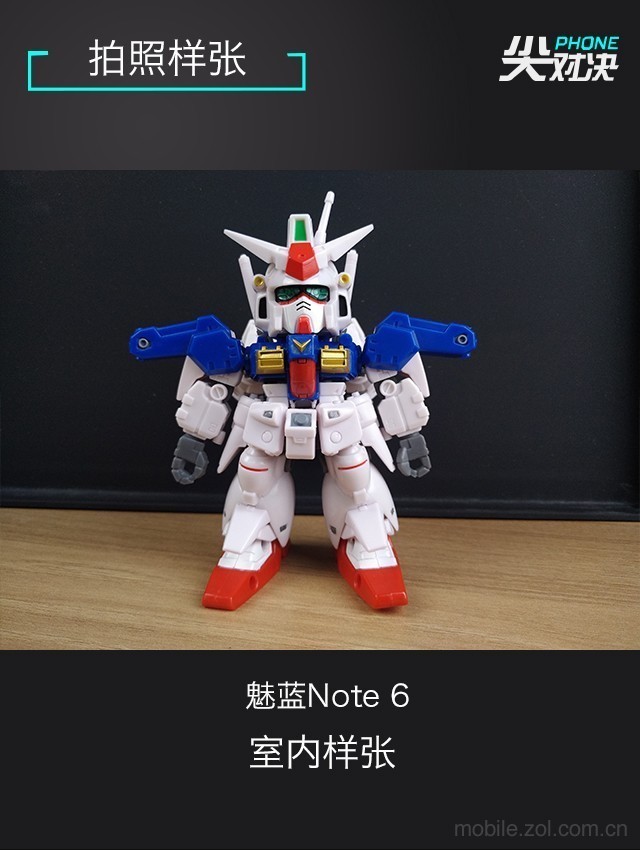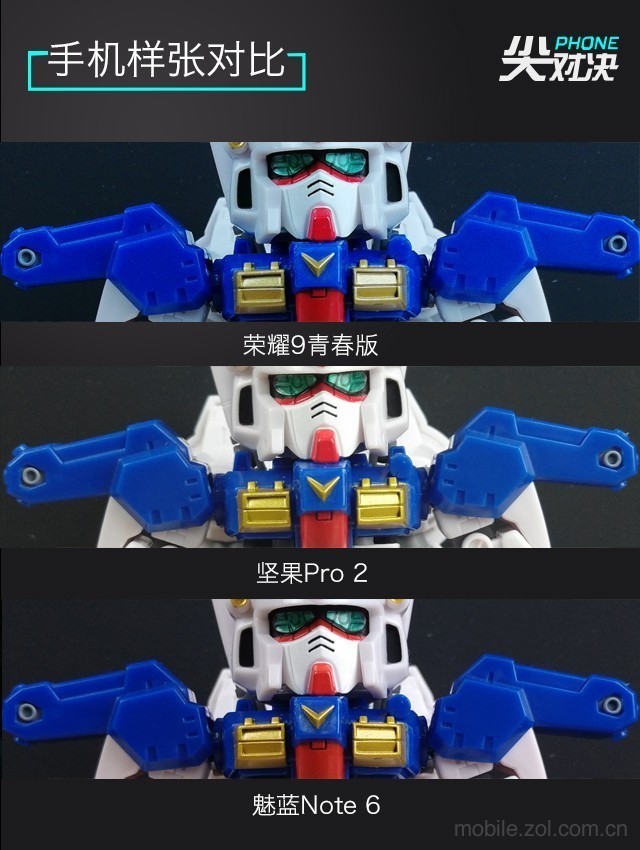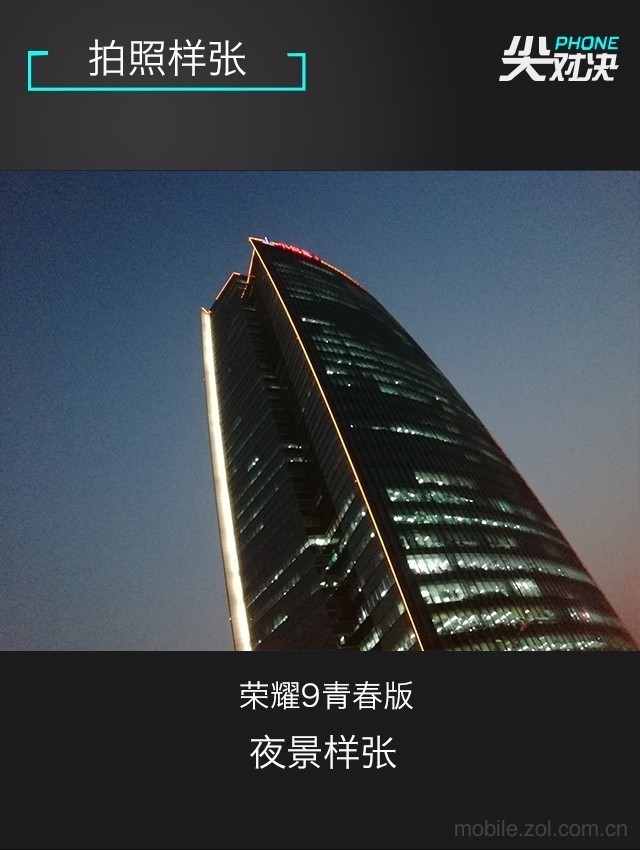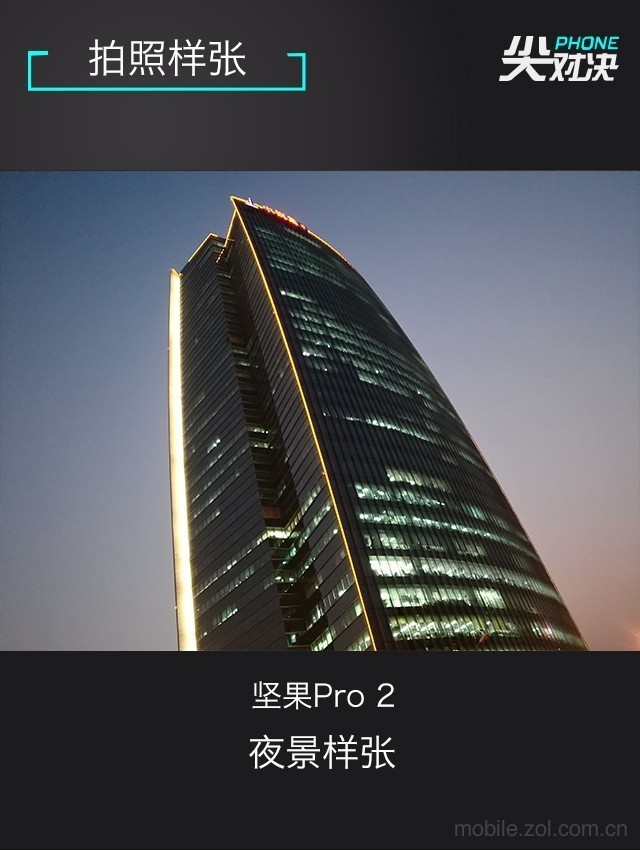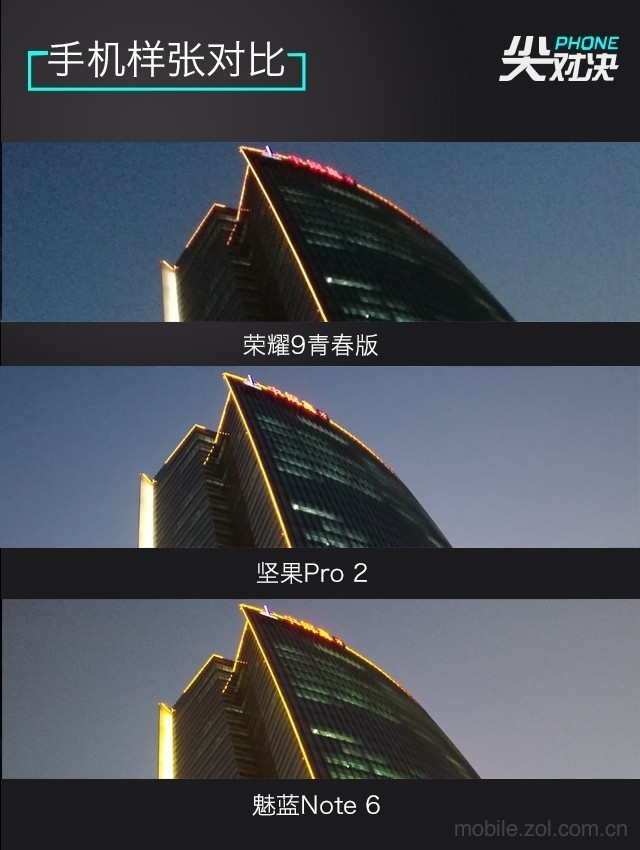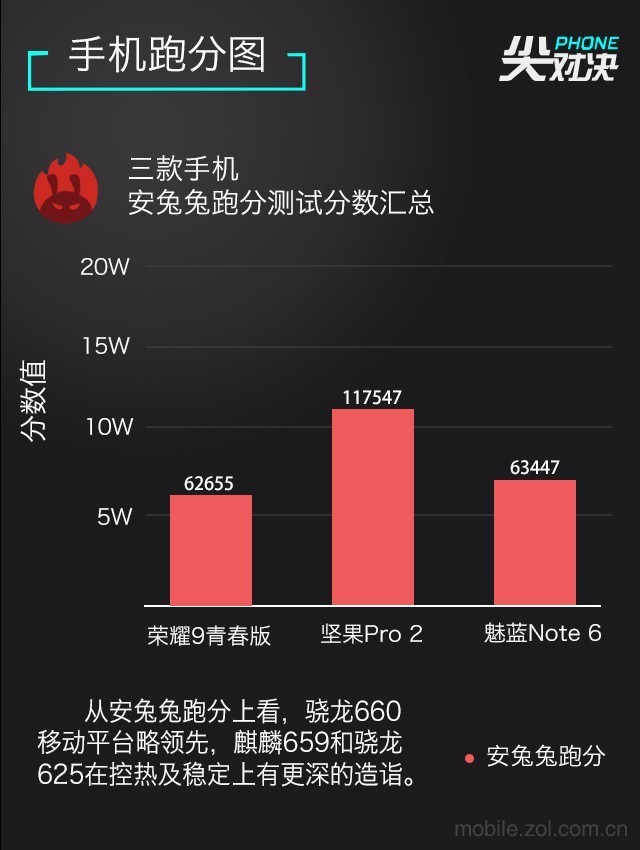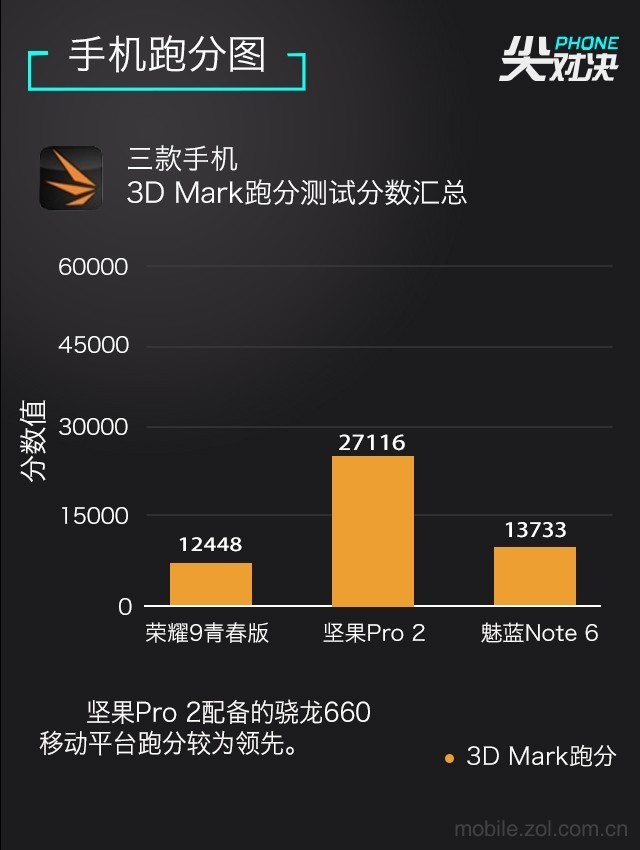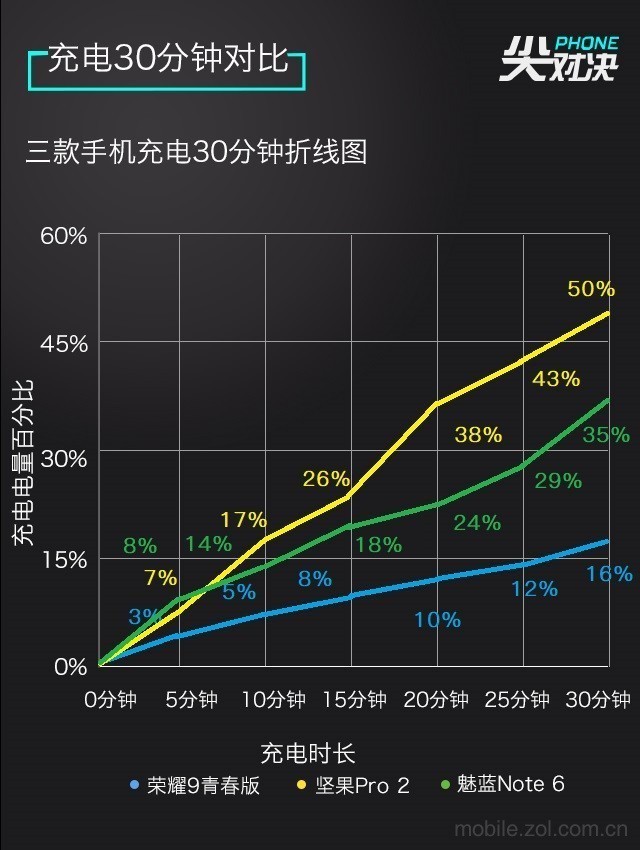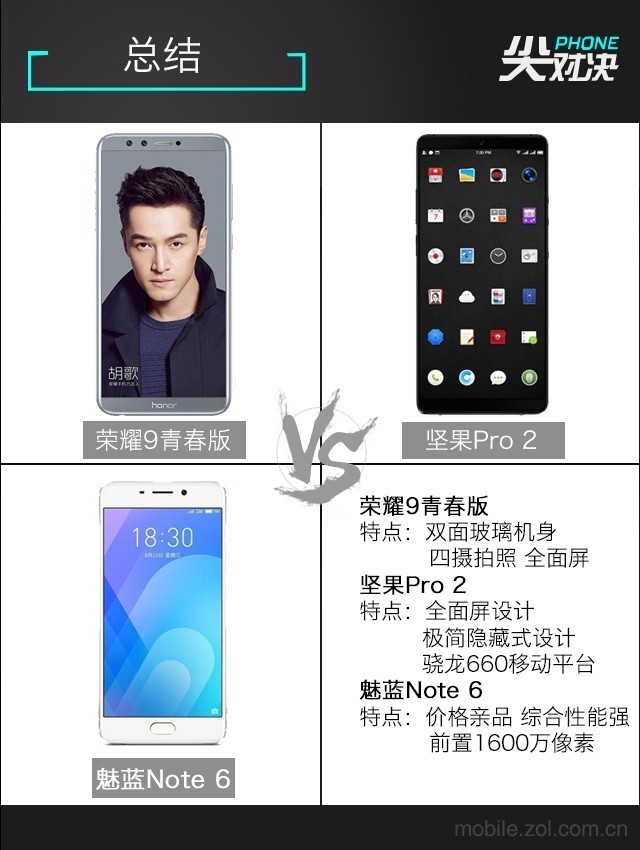Tong Zhengfa [2017] No.67 December 19, 2017
Counties (cities), District People’s governments, Municipal Economic and Technological Development Zone Management Committee, Sutong Science and Technology Industrial Park Management Committee, tongzhou bay Demonstration Zone Management Committee, municipal committees, offices, bureaus and municipal directly affiliated units:
In recent years, the whole city has thoroughly implemented the spirit of the important instructions of the Supreme Leader General Secretary on scientific and technological innovation, closely focused on the strategy of "revitalizing the city through science and technology", paid attention to giving full play to the enthusiasm and creativity of scientific and technological personnel, and encouraged them to carry out theoretical and practical innovations, and achieved good results. In 2015 ~ 2016, the city’s scientific and technological personnel combined with the actual situation of Nantong, wrote and published a large number of academic papers in the fields of natural science and engineering technology in journals above the provincial level, which made positive contributions to promoting scientific and technological innovation projects. After careful evaluation by Nantong Natural Science Academic Papers Review Committee and publicity to the public, a total of 120 outstanding natural science academic papers were awarded, which is hereby announced.
It is hoped that all localities, departments, units and the vast number of scientific and technological workers in the city will deeply understand the responsibility of the times to achieve innovation-driven, strive to participate in scientific and technological innovation and entrepreneurship, and contribute wisdom and strength to building a "strong, rich, beautiful and high" new Nantong.
attachment
List of Winners of the 10th Excellent Academic Papers on Natural Sciences in Nantong (120 in total)
First prize (12 articles in total)
1、Dispatching strategies for coordinating environmental
awareness and risk perception in wind power integrated system
Jin Jingliang (Nantong University), Zhou Dequn, Zhou Peng
2、Properties of Fluoride-Doped β-PbO2 Electrodes and their Electrocatalytic Activities in Degradation of Acid Orange II
Qiao Qicheng (Nantong Vocational College of Science and Technology), Wang Lizhang, Shi Jian
3、A hierarchical-coevolutionary-MapReduce-based knowledge reduction algorithm with robust ensemble Pareto equilibrium
Ding Weiping (Nantong University), Wang Jiehua, Wang Jiandong
4. Color medical image enhancement based on histogram equalization of adaptive intensity matrix.
Gu Juping (Nantong University), Hua Liang, Wu Xiao
5. Modification of wool by air plasma and enzymes as a cleaner and environmentally friendly process (wool is modified by clean and environmentally friendly air plasma and biological enzymes).
Zhang Ruiping (Nantong University)
6. Influence of meshing algorithm and structural parameters on harmonic drive.
Luo Ji (Nantong Institute of Technology), Sha Chun
7、Identification of genetic differentiation between waxy and common maize by SNP genotyping
Hao Derong (Jiangsu Institute of Agricultural Sciences along the Yangtze River), Zhang Zhenliang, Cheng Yujing
8、CXCL13 drives spinal astrocyte activation and neuropathic pain via CXCR5
Jiang Baochun (Nantong University), Cao Deli, Zhang Xin
9、Population-representative Incidence of Acute-On-Chronic Liver Failure:A Prospective Cross-Sectional Study
Qin Gang (Nantong Third People’s Hospital), Shao Jianguo and Zhu Yongchang.
10. body image disorders have impact on the sexual problems in Chinese systematic lupus patients.
Shen Biyu (Nantong First People’s Hospital)
11、Transplantation of RADA16-BDNF peptide scaffold with human umbilical cord mesenchymal stem cells forced with CXCR4 and activated astrocytes for repair of traumatic brain injury
Shi Wei (Affiliated Hospital of Nantong University), Xu Xide
12、Long-term survival trends of gastric cancer patients from 1972 to 2011 in Qidong
Chen Yongsheng (Qidong People’s Hospital), Chen Jianguo and Zhu Jian.
Second prize (24 articles in total)
1. Effects of different treatment methods on fermentation quality and nutritional components of soybean straw.
Gu Yongjian (Jiangsu Institute of Agricultural Sciences along the Yangtze River), Zhan Jinshun, Sha Wenfeng
2. Effect of dexamethasone on apoptosis of human hepatocellular carcinoma cell line SMMC-7721.
Sha Xianghong (Nantong Teachers College), Zang Qiaoqiao, Tan Xiangling
3、Recursion-Transform method to a non-regular m×n cobweb with an arbitrary longitude
Tan Zhizhong (Nantong University)
4、Optimizing degradation of Reactive Yellow 176 by dielectric barrier discharge plasma combined with TiO2 nano-particles prepared using response surface methodology
Shen Yongjun (Nantong University), Han Shuo, Xu Qihui
5、Application of a mercapto- terminated binuclear Cu(II)complex Modified Au electrode to improve the sensitivity and selectivity for Dopamine detection
Jiang Guomin (Nantong University), Gu Xuefang, Jiang Guoqing
6. Corrosion resistance of nano-CeO2 _ 2 and methanol modified organosilane passivation film
Gu Jianfeng (Nantong Vocational College), Xiao Yi, Zhou Daiyi
7. Reliability and sensitivity analysis of reinforced concrete outer shaft lining structure in deep alluvium by fuzzy stochastic finite element method.
Yao Yafeng (Nantong Vocational College)
8. Mechanical fault diagnosis of vibration spectrum color image recognition based on quaternion moment invariants.
Hua Liang (Nantong University), Qiang Yujian, Gu Juping
9. Low-speed impact location of composite plates based on de-averaging normalized cross correlation method.
Lu Guan (Nantong University), Xu Yiming and Qiu taught themselves.
10. Research on improvement of weld mark defects of automobile instrument base based on AMI.
Gu Hai (Nantong Institute of Technology), Sun Jianhua, Yuan Guoding
11、Computerized design, generation and simulation of meshing and contact of hyperboloidal-type normal circular-arc gears
Chen Houjun (Nantong University), Zhang Xiaoping, Cai Xiong
12. Experimental study on seismic behavior of post-tensioned unbonded hybrid assembled frame joints.
Zhang Chen (Nantong University), Zhou Yuling, Cai Xiaoning
13. Research on the Inheritance and Development of Folk Tiger Head Shoes in Nantong
Liu Chunhui (Jiangsu Vocational College of Engineering)
14. Analysis of Thermodynamic Properties of Corn Gelatinization in Milk Maturing Stage
Tang Mingxia (Jiangsu Institute of Agricultural Sciences along the Yangtze River), Chen Hui, Yuan Chunxin
15. Construction of recombinant expression vector of salt-tolerant willow insect-resistant gene Cry3A.
Li Min (Jiangsu Institute of Agricultural Sciences along the Yangtze River), Ma Xiangjian, Li Yujuan
16. Estimation and regional distribution of rural biomass energy resources in Nantong City, Jiangsu Province
Xing Hong (Nantong Teachers College), Zhao Yuan, Wang Yiqiang
17. The influence of skill training on the self-efficacy and quality of life of patients with presbycusis in community.
Lu Hongjian (Nantong Second People’s Hospital), Jiang Zhongli, Xiao Yuhua
18. The curative effect of NB-UVB combined with Tuibai Decoction on vitiligo vulgaris and its regulating effect on Th17 related factors.
Sheng Guorong (Nantong Center for Disease Control and Prevention), Yan Xia, Xie Yong
Clinical observation on 50 cases of bronchial asthma treated by Jiawei Dingchuan powder combined with western medicine
Zhu Jinfeng (Nantong Traditional Chinese Medicine Hospital), Wu Jian, Yao Zupei
Hypoxic tumor-targeted PH-sensitive compound quantum dot siRNA delivery system
Zhu Hongyan (Nantong University), Zhang Shengyu, Ling Yong
Clinical and biological significance of HAX-1 overexpression in nasopharyngeal carcinoma
You Bo (Affiliated Hospital of Nantong University), You Yiwen
22. MiR-19b regulates the proliferation and migration of cardiac fibroblasts.
Zhong Chongjun (Nantong First People’s Hospital), Wang Kun, Ding Shengguang
23、Derivation of Schwann cell precursors from neural crest cells resident in bone marrow for cell therapy to improve peripheral nerve regeneration
Shi Haiyan (Nantong University), Gong Yanpei, Qiang Liang
24、A novel molecular and clinical staging model to predict survival for patients with esophageal squamous cell carcinoma
Wang Wei (Nantong Cancer Hospital), Wang Zhiwei and Zhao Jun.
Third Prize (84 articles in total)
Diversity analysis of flowering-related traits and starch viscosity traits of waxy corn core collection along the Yangtze River
Chen Guoqing (Jiangsu Institute of Agricultural Sciences along the Yangtze River), Xue Lin, Hu Jiaru
2. Discussion on the transformation and upgrading of sericulture industry in coastal areas of Jiangsu Province
Zhou Jiahua (Jiangsu Modern Sericulture Industrial Park Co., Ltd.)
3、Stability and Morrey spaces relation to multipliers
Zhu Yueping (Nantong Teachers College), Yang Qixiang, Ye Pengtao
4、Blow-up results for evolution problems with inhomogeneous nonlocal diffusion
Chen Yujuan (Nantong University), Zhu Yueping
5、Bifurcation analysis on delay-induced bursting in a shape memory alloy oscillator with time delay feedback
Yu Yue (Nantong University), Zhang Zhengdi, Bi Qinsheng
6、Generation of a mef2aa:EGFP transgeniczebrafish line that expresses EGFP in muscle cells
Lu Feng (Nantong Vocational College of Science and Technology), Liu Dong, Yan Xinghong
7. internet plus: Generate Wisdom and Efficiency for Mathematics Classroom.
Wu Youhua (Tongzhou District Xingren High School)
8. Optimal relational contract model of port supply chain logistics capacity.
Lu Yongming (Nantong Open University)
9. Preparation of Ordered Mesoporous Indium Oxide/Reduced Graphene Oxide Nanocomposites and Their Visible Photocatalytic Properties
Ding Minjuan (Nantong Vocational College of Science and Technology)
10. Environmentally friendly recovery of phenylacetic acid from the production process of 7-ADCA.
Li Xun (Jiangsu Jiujiujiu Technology Co., Ltd.), Zhou Xinji, Xian Juan
11. Overview of the development and evolution of colored cotton embroidery in Nantong.
Jiang Xingmin (Nantong Arts and Crafts Institute)
12. Discussion on the stitch characteristics of Nantong simulation embroidery.
Huali (Nantong Arts and Crafts Institute)
13. Study on the bottom friction and wave breaking coefficient of typhoon wave propagation in the radiation sand ridge group of the South Yellow Sea-taking Lanshayang Waterway as an example
Xu Zhuo (Nantong Sijian Group Co., Ltd.), Zhang Wei, Lu Peidong
14. Analysis of the influence of the heating system inside and outside the tank on the heating efficiency of the tank.
Shi Jianrong (Nantong CIMC), Luo Yongxin, Zhao Kai
15. Design of progressive die for harness clamp
Zhu Jianrong (Xinrong Electromechanical Technology (Nantong) Co., Ltd.)
16. Research and design of high-efficiency motor energy efficiency test system based on 112B method.
Zhang Zhihua (nantong shipping college)
17、Detection of dopamine on a mercapto-terminated hexanuclear Fe(III) cluster modified gold electrode
Gu Xuefang (Nantong University), Jiang Guomin, Jiang Guoqing
18. Study on early cracking mechanism of steel bridge deck pavement based on texture characteristics.
Zhu Yong (Nantong University), Xu Xunqian
19、Wave reflection in a rotating pyroelectric half-plane
Jiang Quan (Nantong University), Yuan Xiaoguang
20. Optimization of stamping process parameters of clutch corrugated sheet based on orthogonal test.
Gao Liping (Nantong Vocational College of Science and Technology)
21, laser shock wave control elastic element residual stress state.
Li Bin (Nantong Institute of Technology), Gu Hai, Sun Jianhua
22. Study on the influence of mandrel on cold push bending forming of thin-walled TA2 titanium tube.
Hao Jing (Nantong Vocational College)
Research on intelligent recognition of license plate characters of muck truck
Qu Guoqing (Jiangsu Business Vocational College), Li Wangpei
24. Relay selection scheme and its performance analysis of single eavesdropping and double-hop cooperative network
Yang Lijun (Nantong Vocational College)
25. Simulation analysis of abnormal network traffic sequence monitoring technology under constant false alarm rate
Liu Haitao (Nantong Open University)
26、Effect of steel reinforcement with different degree of corrosion on degeneration of mechanical performance of reinforced concrete frame joints
Wu Xu (Nantong Institute of Technology), Liu Ronggui
27、AQM scheme design for TCP network via Takagi -Sugeno fuzzy method
Xu Sheng (Nantong Vocational College), Fei Minrui, Yang Xinhao
28. Hierarchical maximum likelihood iterative identification algorithm for Hammerstein nonlinear systems.
Li Junhong (Nantong University), Gu Juping, Yang Yi
29. Singularly perturbed frequency division control of double inverted pendulum.
Huang Xiaoli (Nantong Vocational College of Science and Technology) and Wu Zhonghua
30、Blind quality index for camera images with natural scene statistics and patch-based sharpness assessment
Tang Lijuan (Jiangsu Business Vocational College), Li Leida, Gu Kun
31、An improved fuzzy C-means clustering algorithm for assisted therapy of chronic bronchitis
Lu Weijia (Affiliated Hospital of Nantong University), Yan Zhuangzhi
32. Rapid detection of pentachlorophenol in aquatic products by gas chromatography-mass spectrometry
Shi Yukun (Nantong Center for Disease Control and Prevention), Yang Meigui, Yang Qinghua
33. Technological conditions for hydrolysis of waxy corn juice by medium-temperature α -amylase
Su Aimei (Nantong Vocational College of Science and Technology), Wu Haiyan and Tang Mingxia.
34. Rapid determination of polysaccharide content in silkworm chrysalis by derivative spectrometry
Wu Haiyan (Nantong Vocational College of Science and Technology), Yuan Qiumei
35, greenhouse "fresh broad beans/Lycium barbarum/lotus+loofah+tomato" efficient planting mode.
Cheng Yujing (Jiangsu Institute of Agricultural Sciences along the Yangtze River), Li Jin, Tang Mingxia
36. CAPS marker development and its application in D8 gene functional marker development.
Ou Yanghong (Nantong Vocational College of Science and Technology), Wu Wenwen, Shao Yuanjian
37. Efficient winter intercropping mode and comprehensive cultivation techniques of mulberry fields in Nantong City.
Wei Yafeng (Jiangsu Institute of Agricultural Sciences along the Yangtze River), Liu Jian, Li Bo
38. Construction and Application of Plough Cutting Soil Phase Diagram
Xu Shaohua (Nantong Vocational College of Science and Technology), Lu Shaoying, Ren Jianhua
39. Exploration and practice of multi-batch full-age artificial feed silkworms throughout the year.
Hanyifei (Rudong County Cansang Guidance Station)
40、Induction of tetraploidity with antimicrotubule agents in oriental melon (Cucumis melo var. Makuwa)
Wang Kang (Jiangsu Institute of Agricultural Sciences along the Yangtze River), He Linchi and Yan Honglang
41、Genome-wide association study of the husk number and weight in maize (Zea mays L.)
Zhou Guangfei (Jiangsu Institute of Agricultural Sciences along the Yangtze River), Hao Derong, Chen Guoqing
42. Effect of panicle fertilizer application on rice yield and yield components under drip irrigation under plastic film.
Li Shifeng (Nantong Crop Cultivation Technology Guidance Station), Lu Jian, Zhou Yu
43、Exploring the genetic variants of insulin-like growth factor II gene and their associations with two production traits in Langshan chicken
Yan Linjun (Nantong Vocational College of Science and Technology), Fang Xingtang, Liu Yao
44. Mesoscale analysis of a heavy rain process in Jiangsu under the background of typhoon going far to the north.
Zhang Shumin (Nantong Meteorological Bureau), Gu Peishu, Wu Caixia
45. A preliminary study on the flower color components of Tokyo Jasmine.
Xu Liping (Nantong Institute of Technology), Yu Fangyuan
46. Practice and Suggestions on Innovative Agricultural Insurance in Nantong City
Ping Gen (Nantong Municipal Committee Agriculture Office), Wang Jianzhong, Yin Honghua
47, Haimen leisure agriculture and rural tourism development.
Fan Lingyan (Haimen Municipal Committee Agriculture Office)
48, Nantong water conservancy support capacity and economic and social development coordination analysis.
Huang Li (Nantong Water Resources Survey and Design Institute Co., Ltd.), Tao Xiaodong, Lu Tingting
49、Porcine Mx1 fused to HIV Tat protein transduction domain (PTD) inhibits classical swine fever virus infection in vitro and in vivo
Zhang Xiaomin (Rugao Animal Husbandry and Veterinary Station)
50. Implementation and effect of specialized unified prevention and control of mulberry diseases and insect pests in Rugao City
Qian Xiaolan (Rugao Sericulture Technical Guidance Station), Zhang Fang
51. Observation on the effect of different disease modes of rice false smut on rice yield.
Sun Chunlai (Hai ‘an Plant Protection and Quarantine Station), Wang Xiaoqin, Zhang Helan
52. Cultivate new business entities and build a new force in modern agricultural construction.
Zhou Sheng (Nantong Municipal Committee Agriculture Office)
53. Serumykl-40 is incremental in patients with slow corona flow Xu Ying (Haimen People’s Hospital), Meng Hailiang and Pan Min.
54. Research and application of green control technology for main rice pests along the Yangtze River.
Zhang Xilin (Tongzhou District Agriculture Committee), Zhou Hao
55. Analysis of the Interaction between Smoking and Drugs and Diseases in Prescription Drug Instructions
Li Haibo (Nantong Maternal and Child Health Hospital)
56. Quality control method of rhubarb by combining fingerprint with one test and multiple evaluation.
Dou Zhihua (Nantong Third People’s Hospital), Qiao Jin, Bian Li
57. ABC analysis of temporary purchase of non-antibacterial drugs in a hospital in 2014.
Chen Xia (Nantong First People’s Hospital), Lu Ying, Zhang Yanhua.
58、Comparison of minocycline and azithromycin for the treatment of mild scrub typhus in northern China
Zhao Minxing (Affiliated Hospital of Nantong University), Shen Yanbo, Wang Ting
59、Outcomes of catheter ablation of atrial fibrillation in patients with hypertrophic cardiomyopathy: a systematic review and meta-analysis
Zhao Dongsheng (Nantong First People’s Hospital), Shen Yi, Zhang Qing
60、Prognostic role of microscopically positive marginsfor primary gastrointestinal stromal tumors: a systematic review and meta-analysis
Zhi Xiaofei (Affiliated Hospital of Nantong University), Jiang Baofei, Yu Junbo
61、CXCL13 Promotes Proliferation of Mesangial Cells by Combination with CXCR5 in SLE
Da Zhanyun (Affiliated Hospital of Nantong University), Li Liuxia and Zhu Jin
62、The value of serum RASSF10 hypomethylation in the diagnosis and prognosis of gastric cancer
Xue Wanjiang (Affiliated Hospital of Nantong University), Feng Ying and Wang Fei
63. Cross-cultural adjustment of cancer patients’ disease benefit scale
Liu Xun (Nantong University), Zhang Lanfeng
64、Meta-analytic approaches to determine gender differences for delayed healing in venous leg ulcers
Tang Xiaolei (Affiliated Hospital of Nantong University), Chen Honglin and Zhao Fangfang.
65、A novel automatic regulatory device for continuous bladder irrigation based on wireless sensor in patients after transurethral resection of the prostate:A prospective investigation
Ding Aiming (Nantong First People’s Hospital), He Bosheng, Cao Huling
66. Effect of Dioscorea nipponica Makino on the expression of Th1/Th2 cytokines in Hashimoto’s thyroiditis patients.
Cao Yongjun (Nantong Traditional Chinese Medicine Hospital), Jiang Shengyu, Luo Yanping
67、Effectiveness of Moxibustion Treatment in Quality of Life in Patients with Knee Osteoarthritis: A Randomized, Double- Blinded,Placebo-Controlled Trial
Ren Xiumei (Affiliated Hospital of Nantong University), Yao Chang, Wu Fan
68、Effect of Intermittent versus Chronic Calorie Restriction on Tumor Incidence: A Systematic Review and Meta-Analysis of Animal Studies
Chen Yalan (Nantong University), Xu Guangfei
69. The value of dynamic contrast-enhanced MRI and PET/CT in differential diagnosis of solitary pulmonary nodules.
Feng Feng (Nantong Cancer Hospital), Xia Ganlin, Qiang Fulin
70. Analysis of HIV/AIDS test results in Rudong County from 2013 to 2015
Wang Shifang (Rudong County Center for Disease Control and Prevention)
71. Preliminary clinical significance analysis of percutaneous and blood carbon dioxide partial pressure gradient monitoring in septic shock patients.
Wang Weiqun (Tongzhou District People’s Hospital), Cao Peihong, Qiu Zuhong
72、Lung Cancer in a Rural Area of China:Rapid Rise in Incidence and Poor Improvement in Survival
Yang Juan (Qidong People’s Hospital)
73, NLRC5 Targeting Wnt/β-catenin Signaling Pathway and Its Regulatory Effect on Proliferation, Migration and Invasion of Hepatocellular Carcinoma Cells
Peng Yunyun (Haimen People’s Hospital)
74. The high expression of FABP3 and FABP4 and the poor prognosis of non-small cell lung cancer.
Tang Zhiyuan (Affiliated Hospital of Nantong University), Zhou Xiaoyu and Ni Songshi.
75. Effects of Ganoderma lucidum polysaccharide combined with metformin on myocardial structure and hemodynamics in type 2 diabetic rats.
Qiao Jin (Nantong Third People’s Hospital), Dou Zhihua, Wu Feng
76. Effect of Tuibai Decoction combined with NB-UVB on the expression levels of IL-6 and TGF-β in patients with vitiligo vulgaris
Ding Xiaoyun (Nantong Fourth People’s Hospital), Liu Haiqin
77、Drug resistance-related microRNAs in hematological malignancies: Translating basic evidence into therapeutic strategies
Xie Lingling (Affiliated Hospital of Nantong University), Jing Rongrong and Qi Jing.
78、RASSF10 is an epigenetically inactivated tumor suppressor and independent prognostic factor in hepatocellular carcinoma
Wang Fei (Affiliated Hospital of Nantong University), Feng Ying and Li Peng
79、Association of microRNA-21 expression with clinicopathological characteristics and the risk of progression in advanced prostate cancer patients receiving androgen deprivation therapy
Guan Yangbo (Affiliated Hospital of Nantong University), Wu You, Liu Yifei
80、MicroRNA-146a-5pattenuates neuropathic pain via suppressing TRAF6 signaling in the spinal cord
Lu Ying (Nantong University), Cao Deli, Jiang Baochun
81、MicroRNA-10a/10b represses a novel target gene mib1 toregulate angiogenesis
Wang Xin (Nantong University), Ling Changchun, Li Liping
82、Runx1t1 Regulates the Neuronal Differentiation of Radial Glial Cells From the Rat Hippocampus
Zou Linqing (Nantong University), Jin Guohua, Li Haoming
83、The effects of percutaneous ethanolinjection followed by 20-kHz ultrasound and microbubbles on rabbit hepatic tumors
Shen Zhiyong (Nantong Cancer Hospital), Xia Ganlin, Wu Mingfeng.
84、Expression of immune checkpoints in T cells of esophageal cancer patients
Xie Jinhua (Hai ‘an County People’s Hospital), Ji Haoming, Zhang Yan

